|
The holiday festivities have begun and I’ve heard a lot of corks popping lately, which is always music to my ears! Champagne and sparkling wines have always been considered the “go-to” drink for celebrations. But they have evolved into wines that are now enjoyed all year long and not just for special occasions. There are numerous styles to choose from that are produced in wine regions all around the world such as the popular Italian Prosecco, Spanish Cava and Sekt from Germany. To kick off the holiday season, I received a variety of six sparkling wines for review. I’m all about the bubbly, so I was happy to oblige! Charles Heidsieck founded his own Maison in 1851 in Reims, France and he is credited for introducing and popularizing Champagne in the United States. After visiting New York and New England in 1852, he realized the great potential for selling his Champagne in America. A massive import of his wine was met with great success and he achieved record sales. Charles Heidsieck Brut Réserve NV This champagne is summarized as an equation: 60/40/10 and expresses the quintessence of its style. 60: the number of crus in the blend (1/3 Chardonnay, 1/3 Pinot Noir, 1/3 Meunier) vinified cru-by-cru, varietal-by-varietal in stainless steel vats. 40: a high proportion of 40% reserve wines equally divided between Chardonnay and Pinot Noir. 10: average age of 10 years for the reserve wines. Aging takes place in chalk cellars. A golden color and fine bubbles lead to a complex and elegant nose of brioche, pear, white flowers and a hint of apricot and citrus. The palate is rich with white fruit, toast and tart baked apples, with hints of cherry, citrus, toasted nuts and vanilla. It has good acidity and a creamy texture with a long, lush finish. Alcohol: 12% SRP: $69 Piper Sonoma is located in Sonoma, CA in the Russian River Valley region. It was founded in 1980 by Marquis d’Aulan. They have been producing sparkling wines for almost 40 years using the classic Méthode Traditionnelle technique to make the wines. Each vineyard lot is hand-harvested, fermented and aged separately. The wines are produced in Healdsburg under the guidance and expertise of winemaker, Keith Hock. Piper Sonoma Brut NV This sparkling wine is a blend of 70% Chardonnay, 20% Pinot Noir, 3% Pinot Blanc and 7% aged Reserve Blend. This wine is pale lemon with fine and persistent bubbles. Aromas of brioche, orchard fruit, pear and citrus segue onto the palate with notes of berries and clementine. It has a fresh and smooth mouthfeel with a long and delightful finish. Alcohol: 13.5% SRP: $22 Piper Sonoma Blanc de Blancs NV This is a new blend for this wine made of 75% Chardonnay and 25% Pinot Blanc. This wine is a soft straw color with fine bubbles and a lovely combination of aromas that include citrus notes, floral and tart apples. This dry and lively wine is creamy in texture with great acidity and notes of brioche, apples, citrus and a touch of vanilla. Alcohol: 12.9% SRP: $22 Piper Sonoma Brut Rosé NV This rosé is a blend of 53% Chardonnay, 39% Pinot Noir, 6% Pinot Blanc and 2% aged Reserve Blend. This is a fresh and aromatic dry sparkling wine that has inviting aromas of berries, floral and citrus. Fine bubbles give way to flavors of strawberry, cherry, citrus and a hint of toast. It is nicely balanced with crisp acidity and a creamy mouthfeel. Alcohol: 12.6% SRP: $22 Known in the wine industry as the Tuscan renegade, Bibi Graetz has managed to become one of Italy's most ingenious winemakers adding "cult winemaker" in addition to "talented abstract artist" to his dossier. His first wines were released in 2000 and his bio reads like a movie script. (More to follow in another post) Bibi Graetz Bollamatta Spumante IGT NV Bollamatta is a sparkling wine made with 100% Sangiovese grapes sourced from Bibi’s 50 to 80-year-old vineyards spread across Tuscany. Bollamatta means “crazy bubbles” in Italian. The wine is produced using the Charmat method with five months on the yeasts. It is aged on the lees in stainless steel. The wine is soft pink in color with an abundance of fruit and floral on the nose. The palate offers strawberry, cherry, stone fruit, bread and citrus. Fine bubbles and crisp acidity make this a “crazily” refreshing wine! Alcohol: 12.5% SRP: $26 Villa Sandi dates back to 1622 and is located in Northeastern Italy in the heart of the Prosecco area at the foot of Valdobbiadene Prosecco DOCG hills. The estate is owned by the Moretti Polegato family and has been in the family for many generations. Villa Sandi Il Fresco Brut Prosecco DOC NV The grapes for this wine come from Treviso, the heart of Prosecco. It is a blend of Glera, Chardonnay and Pinot Blanc. After fermentation, the sparkling wine spends two months on lees before bottling. This is a light and fun sparkling wine with vibrant aromas of honeysuckle, stone fruit and apples. The palate offers citrus, apple, honeydew melon and a touch of minerality. This wine is well balanced with just the right amount of acidity.
Alcohol: 11% SRP: $16 All of the above sparkling wines will drink beautifully as an aperitif and are easy to pair with a wide variety of cuisine. These are perfect wines to serve over the holidays, but they are great to drink all year long! Until next time… Cheers! Penina To leave a comment or if you have an inquiry, please contact me at [email protected] One might not think of Merlot when it comes to Tuscan wine. Perhaps this is due to the influence and popularity of Tuscany’s largest and best-known Sangiovese-dominant wine region of Chianti. The Sangiovese grape is the most planted grape variety in all of Italy, and according to Italian Wine Central statistics of 2015, Merlot is ranked number seven. Merlot is one of several major grape varieties used in the production of Super-Tuscan wines but it is also produced as a 100% varietal in the Tuscany region. Sorting through yet another recent delivery of vintage wines leftover from our restaurant days, I came across a bottle of Marchesi de Frescobaldi “Lamaione” 2000, a 100% Merlot. The Frescobaldi family has been part of Tuscany’s winemaking tradition for 700 years. From generation to generation they have passed on their tradition of cultivating the best of Tuscan diversity and production of fine wines. With seven estates spread throughout Tuscany, Frescobaldi’s main focus is sustainable farming in addition to developing and enhancing the diversity and maintaining the identity of each estate’s terroir. The Merlot grapes for the Marchesi de Frescobaldi Lamaione were sourced from Frescobaldi’s Castelgiocondo estate located southwest of Montalcino. Vineyards are planted in clayey terrain rich in limestone and mineral elements at an altitude of 300 meters (984 ft.), facing southwest on sunny slopes with well-drained soil and an arid climate. Marchesi de Frescobaldi “Lamaione” 2000, Toscana IGT This 100% Merlot was aged in 90% new and 10% single-use French oak barrels for 24 months and then aged for another 12 months in the bottle. Since I tasted this wine alone, I used my Coravin system to pour a glass so that I could share the rest of the bottle at a later date. As soon as I started pumping this garnet colored wine into my glass, delightful fruit aromas wafted up, always an encouraging sign! As the wine opened up aromas of dark cherry, blackberry, dried berries, sweet spice and vanilla were evident. My first sip told me that I was in for a treat. Although the wine was slightly past peak, it entertained my palate over the next hour with an array of flavors. I tasted black cherry, blackberry, cooked plum, spice, earth, pepper and a very nice finish of dried fruit and fennel. This wine had a good balance of tannins and acidity. I will definitely pop the cork on this bottle in the next week or so…this is a wine to share! Alcohol: 14.5% The majority of wines in this latest cache are reds, so I will be quite busy entertaining my palate over the late fall and winter season! Until next time…
Cheers! Penina To leave a comment or if you have an inquiry, please contact me at [email protected] Most of my wine consumption for the past few weeks have been whites and rosés. However, when I recently received two red wines from the Chianti region I just had to open them despite the hot weather. The Renzo Masi winery has been producing wine for three generations with Paolo Masi as third generation winemaker. Paolo’s grandfather purchased the property in 1925. The winery is located in Tuscany’s Rufina district in the Apennine foothills where the estate sits on a hill overlooking the Argomenna Valley on one side and the right bank of the Sieve River on the other. Rufina is the smallest of the Chianti subzones and is considered one of the best areas for Sangiovese grapes after the “Classico” area. Rufina is known for its full-bodied, acid-rich wines. The climate is slightly cooler here due to the higher elevation of 1,000 ft. Rufina has a dry, breezy microclimate and is exposed to extreme diurnal temperature shifts. Stony soil and “galestro”, which is flaky shale combined with the climate, makes for ideal growing conditions. Chiantis produced by Renzo Masi are a mix of estate-grown fruit and those purchased from local neighbors who have been working with the Masi family anywhere from 15 to 40 years. Renzo Masi Chianti DOCG 2018 is a blend of 95% Sangiovese and 5% Colorino. This is a very aromatic wine with notes of floral, red berries and sweet spice. It is a medium-bodied wine with the palate offering plum, red berries, raspberry and a trace of anise. It is silky, well structured and has good acidity. The price to value ratio is undeniably impressive! Pair with almost anything. Alcohol: 13% SRP: $12 Renzo Masi Erta e China 2017 IGT Toscana is a blend of 50% Sangiovese and 50% Cabernet Sauvignon. “Erta e China” means ‘Ascent and Descent’ in Italian, referring to how the rows of vines are planted up and down a hillside. The wine was aged in used French barriques for about 14 months. It is a deep ruby color with seductive aromas of dark berries, spice and violets. The palate is lush with blackberry, dark cherry, plum, anise and hints of vanilla and baking spice lingering on the finish. A balance of silky tannins and acidity make this an easy wine to pair with an assortment of fare. This is another food-friendly wine. Alcohol: 13.5% SRP: $16 The Renzo Masi winery produces a broad spectrum of wines from entry-level to fine wines. Renzo Masi’s motto is “Big enough to be broad-minded. Small enough to care about the details”.
Until next time… Cheers! Penina To leave a comment or if you have an inquiry, please contact me at [email protected] When serving Tuscan wines, thoughts usually turn to pairing them with Italian food and hearty fare. Ladies and gentlemen, it’s time to think outside the box when drinking these wines. Countess Beatrice Contini Bonacossi, (“Bea” for short) family proprietor of Tenuta di Capezzana certainly thought beyond Italian food as she guided us through a tasting of her wines at Hakkasan, a Cantonese restaurant in New York City. Capezzana, established in 804 is Tuscany’s oldest wine producing estate located in the northwest corner of Tuscany in Italy’s smallest appellation called Carmignano. Carmignano was formally recognized as a wine-producing appellation in 1716 along with its famous neighbor, Chianti. Sangiovese is the primary grape for both appellations. Unlike Chianti, Carmignano is lesser known but is rich in wine history dating back about 3,000 years ago in the pre-Roman era. Capezzana was once home to the Medici family. During the 16th century when Catherine de’ Medici married King Henry of France, she had Cabernet Sauvignon vines imported to the Capezzana vineyards, making it the first Italian planting site of French Cabernet Sauvignon. In 1920, Count Alessandro Contini Bonacossi purchased Capezzana and it has remained in the family ever since. Alessandro’s grandson Ugo was instrumental in establishing Carmignano’s own DOC in 1975 and DOCG in 1990. Today, Capezzana produces over 50% of all DOCG Carmignano, a wine made primarily with Sangiovese and small amounts of Cabernet Sauvignon and other local varieties. The estate has 247 acres of vineyards and 356 acres of olive groves. Bea said, “ We have 30,000 olive tree, some are fifty years old.” Now in its fourth and fifth generation, three of Ugo’s seven children are part of the day-to-day operations. Bea is proprietor and global ambassador, Filippo is head of the winery’s finances and olive oil production and Benedetta is the winemaker. Their brother Vittorio who passed away in 2012 was an integral part of the winery and began working with his father at the age of 18. He became an agronomist who eventually took over the management of the company, the vineyards and olive groves. Capezzana has a unique climate due to its location being in close proximity to the Apennine Mountain range. As Bea described it, “We have a special microclimate, with warm summer days and cool breezes in the early evening. There are no sea influences due to the mountains. The winds carry moisture to the vineyards.” And as for the soil, Bea explained, “We have a diversity of soil, one can find 3 to 4 different soils in one vineyard.” Soil types are typically clay, sand and schist. 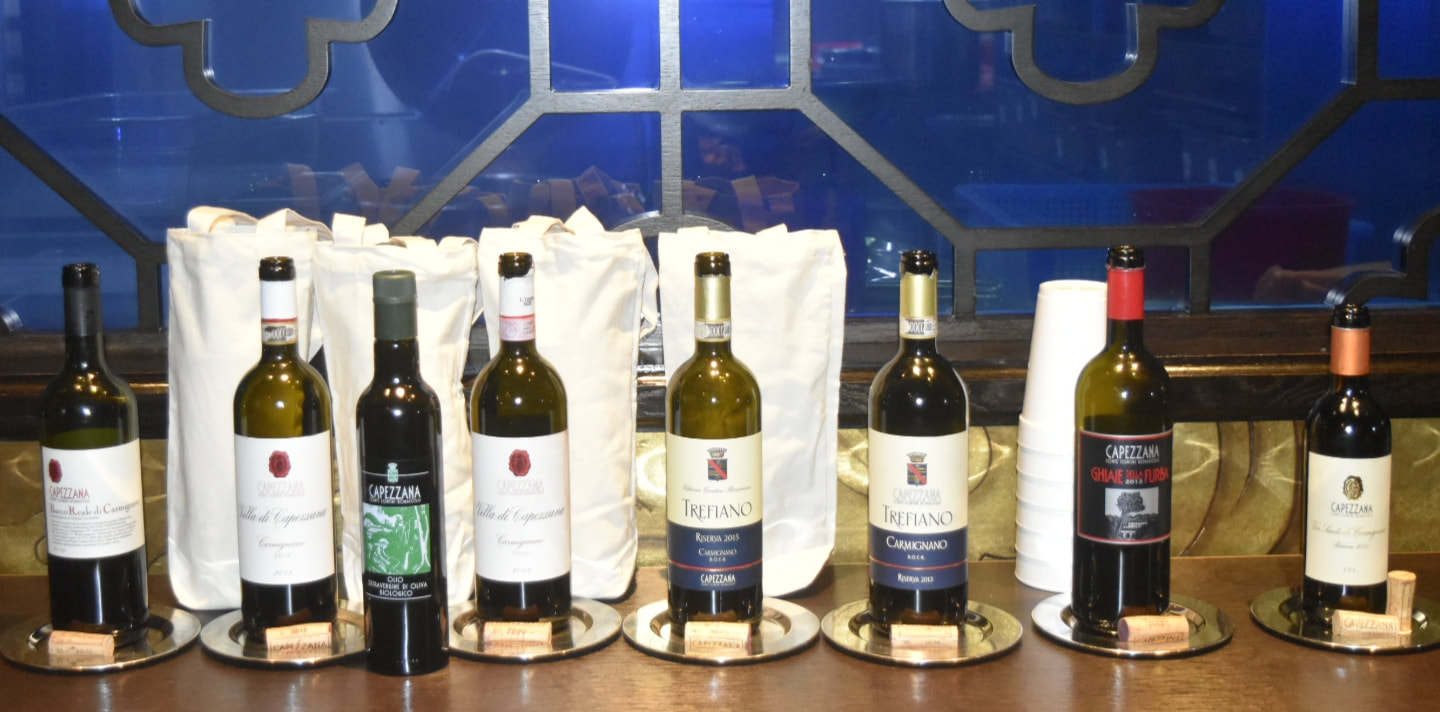 Vittorio’s wish was for all of Carmignano to become organic, so he began the process in 2008 with Capezzana. Through his determination and passion, Capezzana became fully organic and was granted organic certification beginning with the 2015 vintage. It was the first certified organic commercial winery in Carmignano. Bea stated, “I hope my brother’s dream comes true for all of Carmignano to become organic one day. It is at 50% now.” We began our exploration of the estate’s wines with a sample of their organic olive oil. The olive oil was poured into small cups and Bea showed us how to taste it. We put our hand over the top of the cup and swirled it to release the aromas. Then after breathing in the aromas, we were supposed to “slurp” a mouthful and inhale nosily in order to heighten the flavors. I don’t think anyone was very demonstrative with slurping! Organic Extra Virgin Olive Oil 2018 is a blend of 60% Moraiolo, 30% Frantoio, 5% Leccino and 5% Pendolino olives. The olive oil is superb. It has fruity and earthy aromas with a hint of artichokes. The palate offers light fruit balanced with a touch of pepper and nuttiness. This is an elegant olive oil that can be drizzled on anything. It is light enough to enhance the food but not overpower it. SRP: $38 Next, we tasted a stellar lineup of red wines served with a selection of delicious appetizers and main dishes. And I must say that all the wines complemented each course. Barco Reale di Carmignano DOC 2016 is a new vintage release made with 80% Sangiovese, 15% Cabernet Sauvignon, 10% Canaiolo, 5% Cabernet Franc. The wine is aged for 12 months in Allier barrels and then rests for a minimum of 3 months in the bottle prior to release. This is a fresh and youthful wine with intense aromas of dark cherry, berries and a hint of baking spice. It has lots of fruit on the palate with blackberry and dark cherry lingering on the finish. Nicely balanced with soft tannins. Alcohol: 13.5% SRP: $17 Villa di Capezzana DOCG 2015 is a blend of 80% Sangiovese and 20% Cabernet Sauvignon. The wine is aged in barrique and tonneaux for 12 months and then rests in the bottle for a minimum of 12 months. It has lovely aromas of floral mixed with red and dark fruit and hints of spice. The palate offers lush fruit, anisette and spice. Although this is an intense wine, it is fresh with structured tannins and a lengthy finish. Alcohol: 14% SRP: $27 Villa di Capezzana DOCG 2009 is a blend of 80% Sangiovese and 20% Cabernet Sauvignon. The wine is aged in barrique and tonneaux for 12 months and then rests in the bottle for a minimum of 12 months. This wine is rich and well structured with concentrated dark fruit both on the nose and palate. Licorice, dark chocolate and spice continue onto a long finish. Silky tannins and balanced acidity add to the richness of this wine. Alcohol: 14% SRP: $65 Trefiano Riserva DOCG 2015 is a blend of 80% Sangiovese, 10% Cabernet Sauvignon and 10% Canaiolo. The wine is aged in barrique and half new and half old tonneaux for 18 months, then rests for at least 24 months in the bottle prior to release. This is the estate’s first organic vintage. Bea said, “To honor my brother Vittorio, his name is on the bottle.” The wine has a lovely bouquet of ripe dark berries, cherry, plum and hints of pepper. Concentrated layers of ripe fruit, hints of herbs, pepper, spice and espresso envelop the palate. It is an elegant wine that is beautifully balanced. Alcohol: 14% SRP: $55 Trefiano Riserva DOCG 2013 is a blend of 80% Sangiovese, 10% Cabernet Sauvignon and 10% Canaiolo. The wine is aged in barrique and half new and half old tonneaux for 18 months, then rests for at least 24 months in the bottle prior to release. A powerful bouquet of dark and red fruit, spice and dark chocolate set the stage for a concentration of rich dark fruit led by black cherry, plum and spice. This wine is silkier than the 2015 vintage, but all the elements remain. Alcohol: 14% SRP: $55 Ghiaie Della Furba IGT 2012 is a Bordeaux-style blend made with 50% Cabernet Sauvignon, 30% Syrah and 20% Merlot. Bea said, “My father decided he wanted to make an innovative wine.” The wine was first created in 1979 by Ugo and Vittorio and was a blend of Cabernet Sauvignon, Cabernet Franc and Merlot. The blend was modified in 1998 with the addition of Syrah and today the blend is as above. The wine is aged in barrique for15 months, followed by a minimum of 12 months in bottle prior to release. Aromas of red fruit, cherry tobacco, spice and herbs are enticing. The palate offers dark and succulent fruit mixed with hints of fennel and spice. It is structured and well balanced with a long silky finish. Alcohol: 14% SRP: $60 And lastly, an elegant dessert wine was poured. Vin Santo Riserva DOC 2011 is a blend of 90% Trebbiano and 10% San Colombano. The grapes are dried through natural methods on cane matting from harvest through to the following February and then vinified in traditional small chestnut, maple and cherry casks. The wine is aged for five years and in bottle for a minimum of 3 months. Bea said, “It is a wine that doesn’t follow any pattern or rule. It is my child.” Heady aromas of perfume, almonds and candied fruit spill onto the palate with added notes of fig, spice and orange zest. This is a sweet and decadent wine that pairs well with desserts and aged cheeses. Alcohol: 14.5% SRP: $55 In addition to producing elegant and expressive wines that have finesse and structure, Capezzana also has a cooking school and wine bar on the premises. It is an “all in the family” venture.
I would like to leave you with a quote taken from Capezzana website. “The taste of the area of origin is the thing that interests us most to carry on, that is the scent of the land that enters, unique and unparalleled in our wines.” Until next time… Cheers! Penina To leave a comment or if you have an inquiry, please contact me at [email protected] About seven years ago, I purchased an assortment of D’Isanto & D’Isanto I Balzini wines. Over the course of five years I have opened most of them and at times shared my thoughts with you. Alas, my stock is dwindling and I have only four bottles left. In 1980 Vincenzo D’Isanto founded D’Isanto & D’Isanto winery and planted his first vineyard located in the heart of central Tuscany at his estate in Barberino Val d’Elsa, which is on the border between Florence and Siena. Swept up in her husband’s dedication and love for winemaking, Antonella left her previous profession and joined Vincenzo in 2005 immersing herself completely in the management of the estate with the assistance of her daughter, Diana. Antonella and Vincenzo define themselves as “producers for passion” and feel that the territory must be loved, respected and cared for. They use only organic ingredients on the vines and all the grapes are carefully picked by hand. In keeping with their respect for the environment, they built a new energy efficient underground barrel-aging cellar. As you can see from the photo below, the vines are planted on small terraces exposed to the sun. The name “Balzini” is the Tuscan word for small terraces. The climate here is warm and temperate with soils of yellow sand and clay that contain the presence of marine fossils all of which contribute to the character of the wine. Antonella started a project called “Tuscan Colors”, where every type of wine they produce is characterized by a color on its label and made with a particular blend of grapes. Tuscan Colors began with Vincenzo’s White label, the first wine introduced to the market in 1991 and made with Sangiovese and Cabernet Sauvignon grapes. The Black label followed eleven years later and is made with Sangiovese, Cabernet Sauvignon and Merlot grapes. The Green (Sangiovese and Mammolo) and Red (Merlot, Cabernet Sauvignon & Sangiovese) labels came next and most recently, the Pink label, a rose made with Sangiovese and Merlot. In 2015, I opened a 2008 D'Isanto & D'Isanto I Balzini White Label Colli della Toscana Centrale IGT. My last bottle of this vintage and label was opened last night. I thought it would be interesting to see what, if anything, has changed in three years. 2008 D'Isanto & D'Isanto I Balzini White Label Colli della Toscana Centrale IGT is made with 50% Sangiovese and 50% Cabernet Sauvignon. The wine was aged in medium-toasted French oak barrels for approximately 12 months and then in the bottle for at least 18 months before release. I allowed the wine to breathe for about 20 minutes before drinking to help soften the tannins. The wine is a deep garnet color with enticing aromas of dark berries, plum, floral and spice. The palate offeres dark fruit, plum and spice with hints of pepper and oak. Tannins were smooth and the finish was long. The wine was definitely softer than when I tried it in 2015. However, it was still rich and jammy. Alcohol: 13.5% SRP: $40 The odds of finding a White Label 2008 is rather slim but check out the newer vintages. I don’t think you’ll be disappointed!
Until next time… Cheers! Penina To leave a comment or if you have an inquiry, please contact me at [email protected] Every now and then I get a craving for Sangiovese wine. And the other evening, that craving struck like a bolt of lightning. Lucky for me, I had a bottle of Sangiovese di Toscana IGT 2009 Podere Scopetone tucked away in my “wine cellar”. Sangiovese grapes are the most widely planted varietal in Italy. The skin of the Sangiovese grape is thick and the wines tend to be more savory than sweet. Depending on where the grapes are grown, climate and soil being a factor, Sangiovese can deliver a wine that is fruit forward with bright acidity and high tannins or lean towards earthy with herbal notes. It runs the gamut of descriptions, but one of Sangiovese’s trademarks is its cherry flavors. Podere Scopetone winery is located in Scarnacuoia, just below the town of Montalcino overlooking Montosoli. The winery location is noted for being where Ferruccio Biondi Santi first planted Sangiovese grapes in the 1870s. Podere Scopetone began its foray into winemaking in 1978, when Federico Abbarchi, a Milanese pilot, planted vineyards. The first bottled wines were produced in the 1980s. When Federico died in 2007, Loredana Tanganelli (a passionate beekeeper) and her husband Antonio Brandi (a viticulturist) became partners with Federico’s widow, Angela Abbarchi. Soon after, the couple became the owners of the winery. Together with their own vineyards and later expansion, the couple produced their first vintage of Brunello in 2009. Podere Scopetone is organic with a sustainable farming practice. In addition to the grapes, it is important to keep the bees safe! A new cellar was completed in 2015 and they are in the process of becoming certified organic. Luca Felicioni, agronomist and Maurizio Castelli, oenologist are part of the winemaking team. Photos courtesy of Podere Scopetone Sangiovese di Toscana IGT 2009 Podere Scopetone is 100% Sangiovese Grosso made from the vineyards in Montecucco. The color is ruby red with delicate aromas of cherry, red berries, floral and hints of leather. The palate offers cherry, plum, strawberry, spice, peppery tones and a trace of vanilla. This is a lively, dry, medium-bodied wine with medium tannins. Alcohol: 14% SRP: $15.99 This is a food friendly wine and will pair well with a multitude of dishes. I served it with baked salmon, roasted potatoes and beans. Quite yummy! Until next time!
Cheers! Penina To leave a comment or if you have an inquiry, please contact me at [email protected] The other day I had the opportunity to attend a seminar and walk around tasting of many impressive Brunello wines from the Consortium of The Brunello of Montalcino Wine. Although the emphasis was on the 2013 vintage, I also sampled wines dating from 2010 through 2015. The consortium was founded in 1967 and started with a membership of 20 producers. Today there are more than 200 members of which 31 estates were represented at this event. Montalcino is located in the Tuscany wine region of Italy. Montalcino is a small wine region with 3500 acres of vineyards and roughly 250 wineries producing Brunello di Montalcino. Brunello di Montalcino was awarded the first ever DOCG designation in 1980 and is considered one of Italy’s most famous and distinguished wines. DOCG stands for Denomination of Controlled and Guaranteed Origin and it is the highest designation given under Italian wine law. 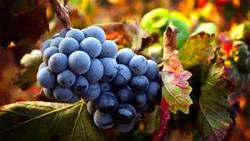 Brunello di Montalcino wine is made exclusively with 100% Sangiovese grapes (named ‘Brunello’ in Montalcino). The skin of the Sangiovese grape is thick and tends to deliver a wine that is fruit forward with bright acidity and high tannins. Of course climate, soil and production play a big part in the wine’s outcome. The village of Montalcino sits high up on a hill with the vineyards sloping downward into the valley. The climate in Montalcino is warm and dry, typical Mediterranean weather. Vineyards are planted up to 500 meters in elevation with north facing slopes experiencing a cooler microclimate and more winds, while the southern and western facing slopes are exposed to extreme sunlight and maritime breezes. The vines are planted in a variety of soils such as limestone, clay, schist, volcanic soil and galestro, all of which contribute to the difference in quality, complexity and character of the wine. DOCG Regulations require that Brunello di Montalcino age for 2 years in oak casks, 4 months in bottle (6 months for the Riserva) and bottling must take place in the production area. Brunello di Montalcino must be aged for a minimum of 5 years (6 years for Riserva) prior to release for sale. Most of the 2013 vintages I tasted were quite approachable and gentler than the more aggressive and bold Brunello I’ve had in the past. My palate was treated to a gamut of flavors such as dark berries, cherry, aromatic wood, anise, leather and spice. “Lush fruit, round tannins, quite aromatic, good structure and high acidity” seemed to be the theme for most of the 2013s with variations according to soil and plot locations. Brunello wines are impressive and I look forward to trying the 2013 vintage again in about five years!
Montalcino wines also include Rosso di Montalcino DOC, Moscadello di Montalcino DOC and Sant’Antimo DOC. I will be exploring these wines in another post. If you like collecting wines, do yourself a favor and pick a bottle or two of Brunello and tuck them away to enjoy at a future date. The aging potential of these wines is 8 to 25 years. Cheers! Penina To leave a comment or if you have an inquiry, please contact me at [email protected] 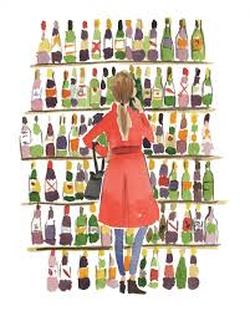 Whenever I see a wine store, I like to go in and peruse the shelves. It is a fun way for me to discover and learn about lesser-known wines. On this particular day, I was looking to see what the store had to offer for under $15. When I reached the Italian section, I saw a bottle of Ninety+ Cellars Chianti Riserva selling for $11.99. I must admit that I was not familiar with the label, but I was intrigued by the accolades that the wine store owner was giving it. So, I decided to purchase a bottle and see for myself. First of all, Ninety+ Cellars is a wine brand based in Boston, MA. Founded by Kevin Mehra in 2009 and with Wine Director Brett Vankoski at the helm, their concept is to buy a percentage of a winery’s production for a reduced price, bottle it in Ninety+ Cellars bottles and sell the wine for less. The website states, “We are a modern day wine négociant–working with highly rated wineries and vineyards to curate a portfolio of fine wines from all over the globe”. Every wine bottle is given a lot number and has the 90+ stamp of approval. Their wine portfolio includes Napa Valley, New Zealand, Italy, and France. Wines range in price from $10 to $40. 90+ Cellars Classic Series Chianti Riserva 2013 Lot 144 Sangiovese grapes are sourced from the Chianti region of Tuscany. The wine spends three years of maturation before release and therefore is given the Chianti DOCG Riserva label. The color is ruby with aromas of cherry, spice and floral notes. The palate offers red fruit, spice, with hints of white pepper and oregano on the finish. Mild tannins, beautifully balanced and impressive for the price. Alcohol: 13% SRP: $11.99 It’s hard for me to pass up a wine store, bookstore or knitting shop!
Have a great weekend! Cheers! Penina To leave a comment or if you have an inquiry, please contact me at [email protected] 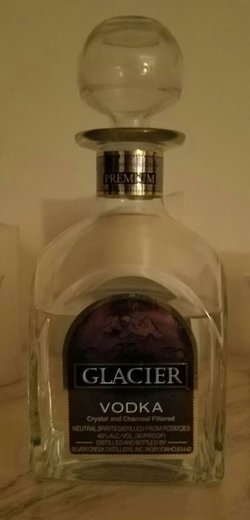 A few days ago I posted a story about Teton Glacier Vodka along with a photo of the bottle. Since then, Teton Vodka reposted the story and photo including an explanation of the bottle’s history, clearing up the age of the vodka for me. This is the original decanter bottle packaging from their 1996 launch! So, this bottle has been hiding in my house for quite a long time! And what’s more amazing is that the vodka is still good! Read my last post for the review. The other evening I opened my last bottle of 2011 D'Isanto & D'Isanto I Balzini Black Label Colli della Toscana Centrale IGT. I reviewed this wine a few months ago and it was every bit as good and consistent in flavor this time. My review of this wine is the same as last time. The wine is a blend of 50% Cabernet Sauvignon and 50% Merlot. “Aromas of dark berries, spice and cocoa were present. The wine had a rich mouthfeel with concentrated berries, dark cherry, plum, licorice and dark chocolate on the palate. As the wine opened over the course of the evening the flavors became more intense. The tannins were soft and the finish was long with cherry and pepper lingering.” I paired the wine with a delicious Spaghetti Zucchini Shrimp dish accompanied by homemade bread. It was perfect! Have a great Wine Wednesday! What will you be drinking?
Cheers! Penina To leave a comment or if you have an inquiry, please contact me at [email protected] There are many eye catching and whimsical wine labels that make one want to reach for the bottle regardless of style or origin of wine. I must admit that I have on very rare occasions bought a bottle just for the label! What can I say about these particular labels and wines? A lot! When I opened the shipping box delivered to me by the importers, I immediately thought that this was going to be a fun review! 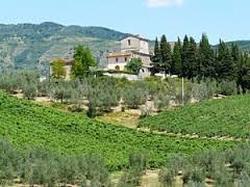 Paolo Masi, who is a third-generation winemaker at Renzo Masi winery, makes both of these wines. Fattoria di Basciano is the estate owned by the Masi family since the start of the 1900s. Located in the south of Florence, in Tuscany’s Rufina district, the estate sits on a hill overlooking the Argomenna Valley on one side and the right bank of the Sieve river on the other. The Renzo Masi winery produces a broad spectrum of wines from entry-level to fine and is considered one of the best areas for Sangiovese grapes after the “Classico” region. Renzo Masi’s motto is “Big enough to be broad-minded. Small enough to care about the details”. Affectionately called “Rubio and “Blanca”, Il Bastardo Sangiovese di Toscana IGT 2015 and La Bastarda Pinot Grigio di Siciliana 2015 tell their own story the minute the wine is opened. La Bastarda is 100% Pinot Grigio from Sicily. Grapes are picked before they lose their natural acidity and become too sweet. The color is a soft golden yellow with fruity aromas including citrus and honey. The palate is crisp with inviting notes of mild citrus, pear and apple. This is not your typical Pinot Grigio, exhibiting more character and structure than most I’ve tasted. One can only imagine what “Blanca” must be thinking as she poses with not a care in the world while sipping wine! Alcohol: 12.5% Price: About $9 Il Bastardo is 100% Sangiovese mostly picked from Tuscany’s Rufina district. The color is dark ruby with hints of purple. The nose offers dark berry and ripe cherry that segue onto the palate. Fennel, a hint of pepper and soft to medium tannins give this medium-bodied wine a smooth finish. So where is “Rubio” going on his motorbike? Is he off to find “Blanca” or is he running away with this delicious wine? Alcohol: 13% Price: About $9 Both wines are well priced and sold throughout the US. And in addition to being a conversation piece, the wines will complement a variety of dishes. Have some fun and enjoy the adventures of “Rubio” and “Blanca”!
Cheers! Penina |
Categories
All
|

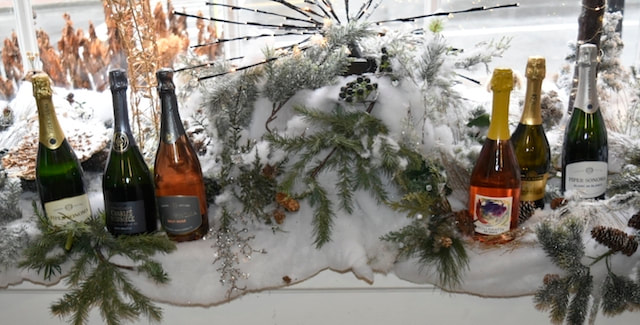
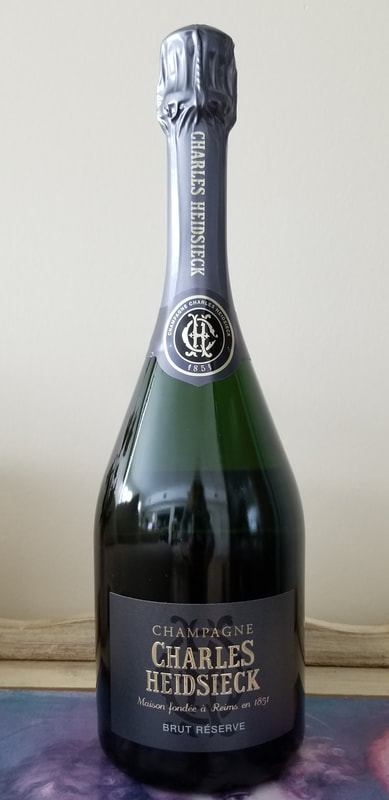
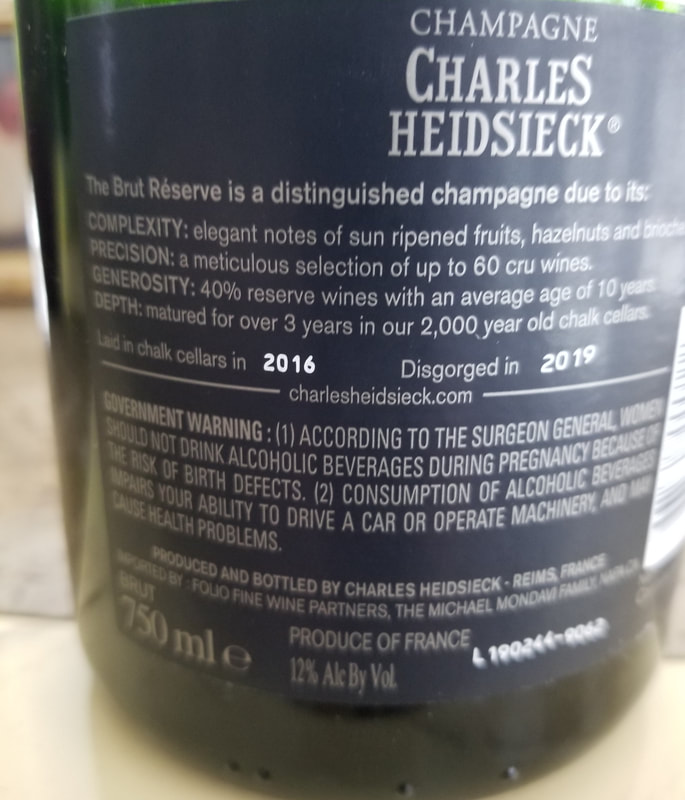
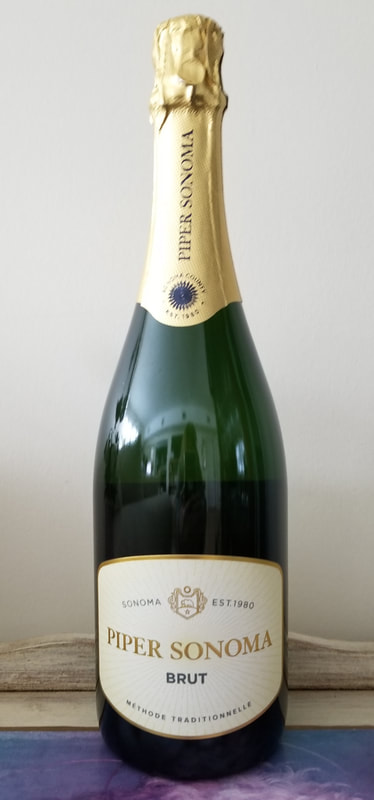
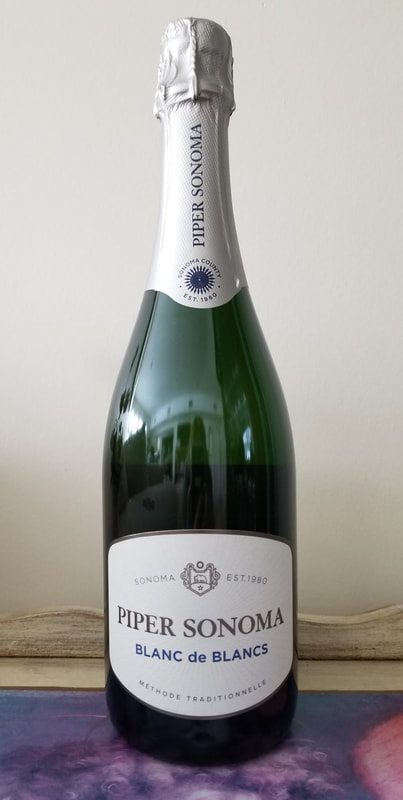
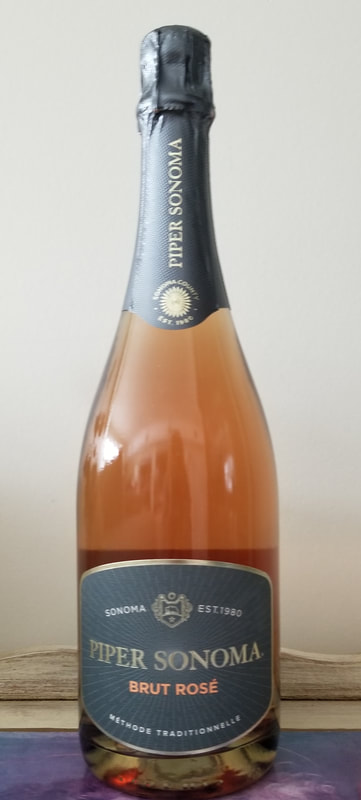
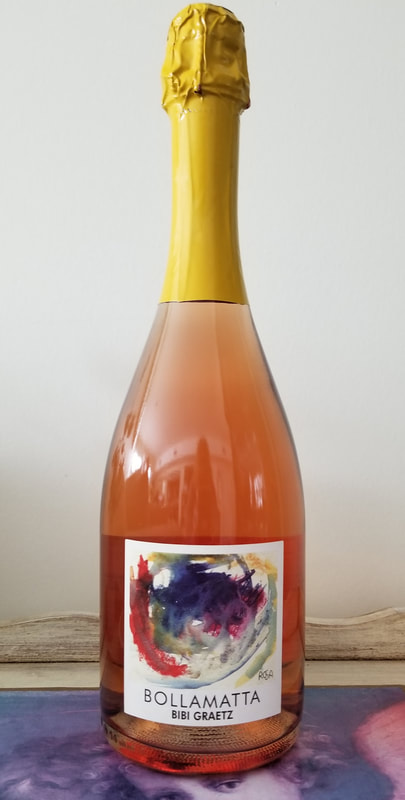
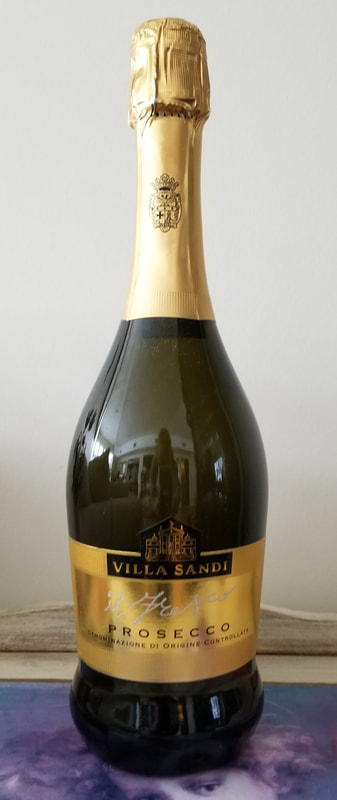
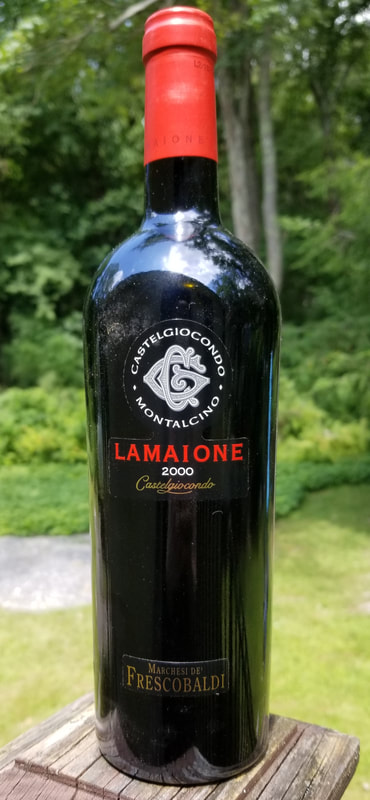
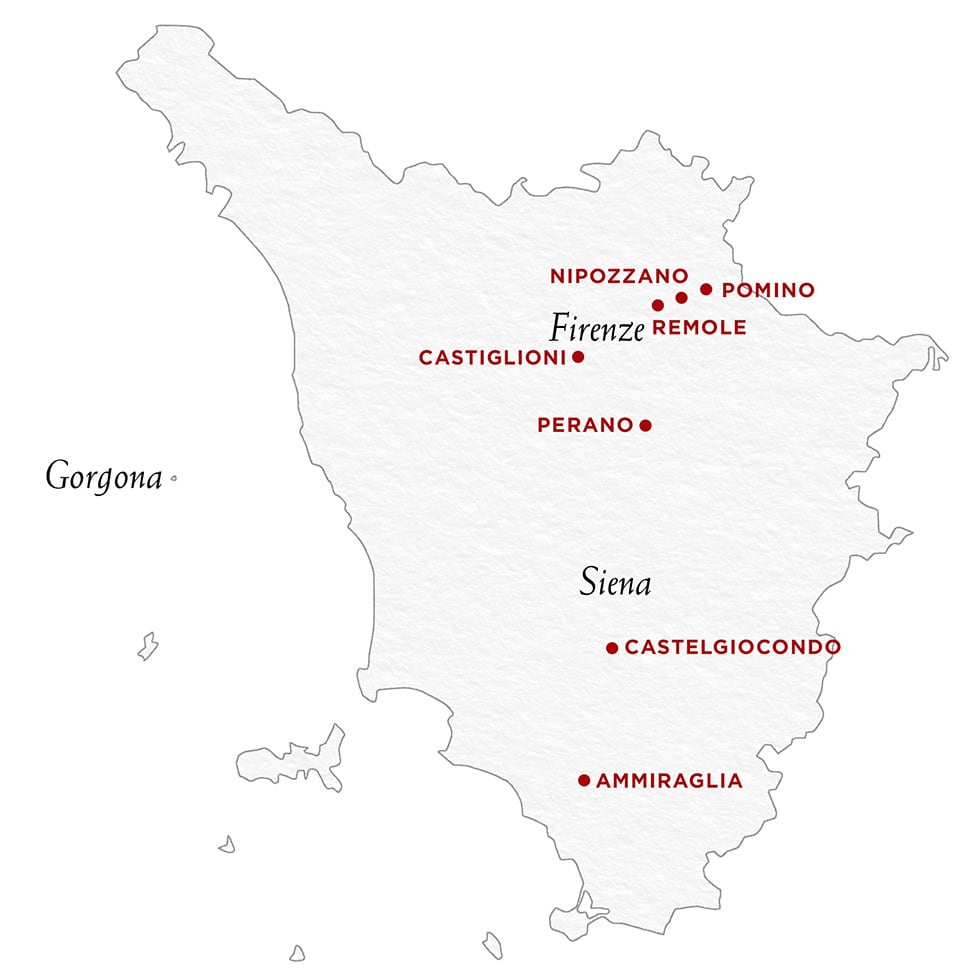
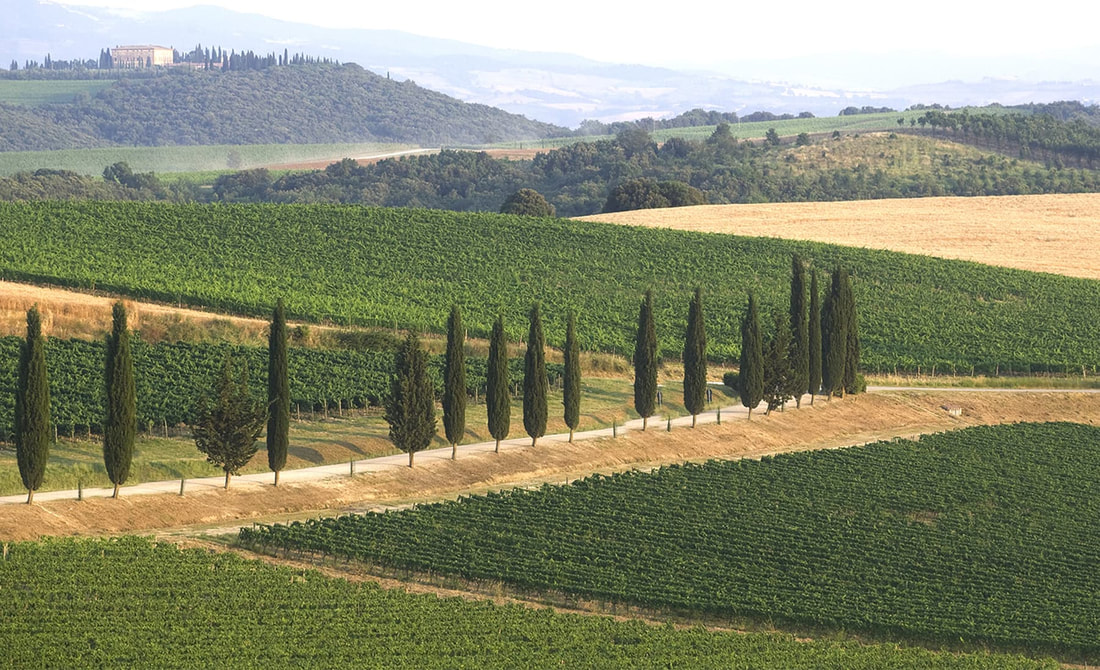
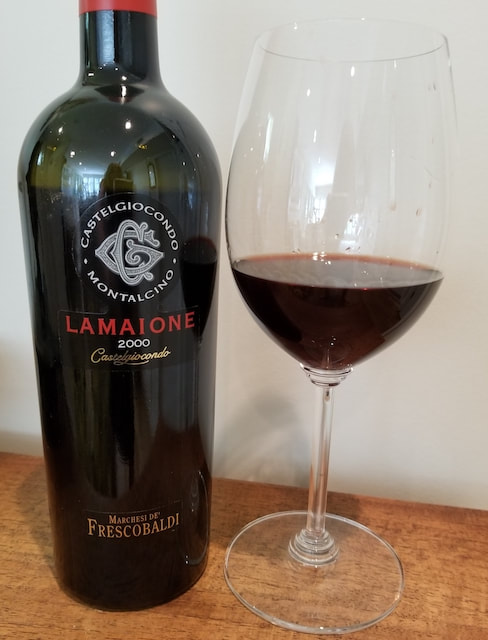
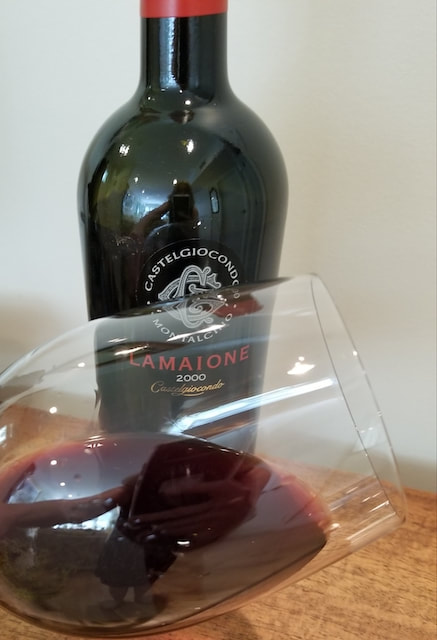
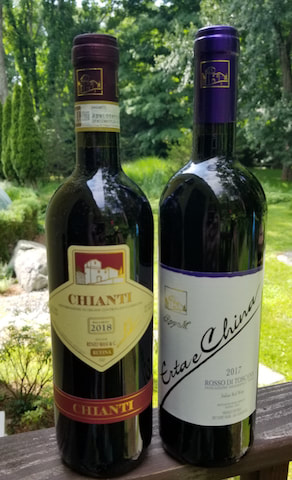
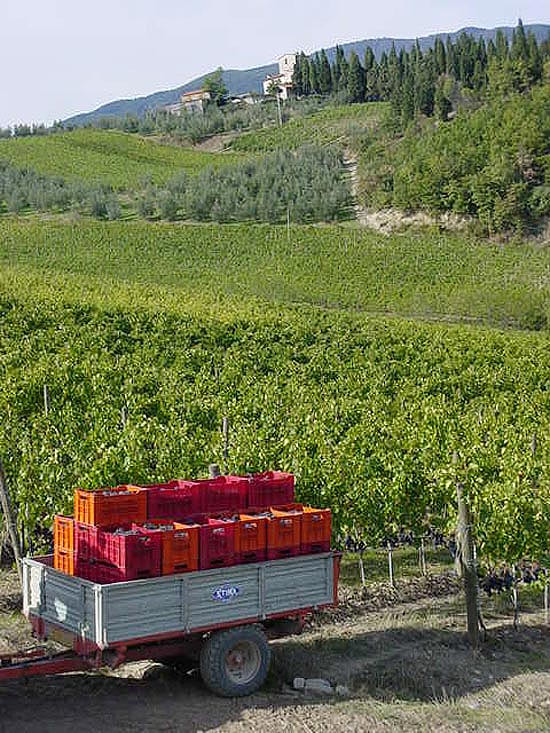
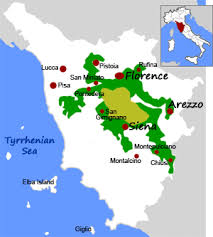
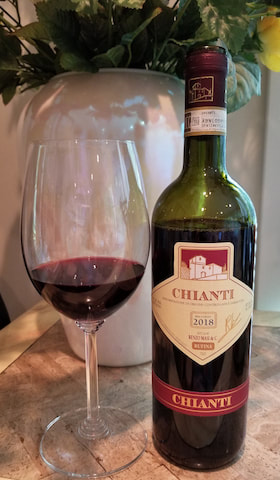
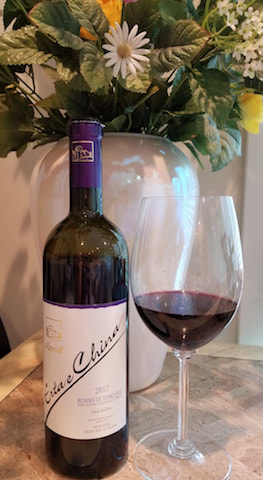
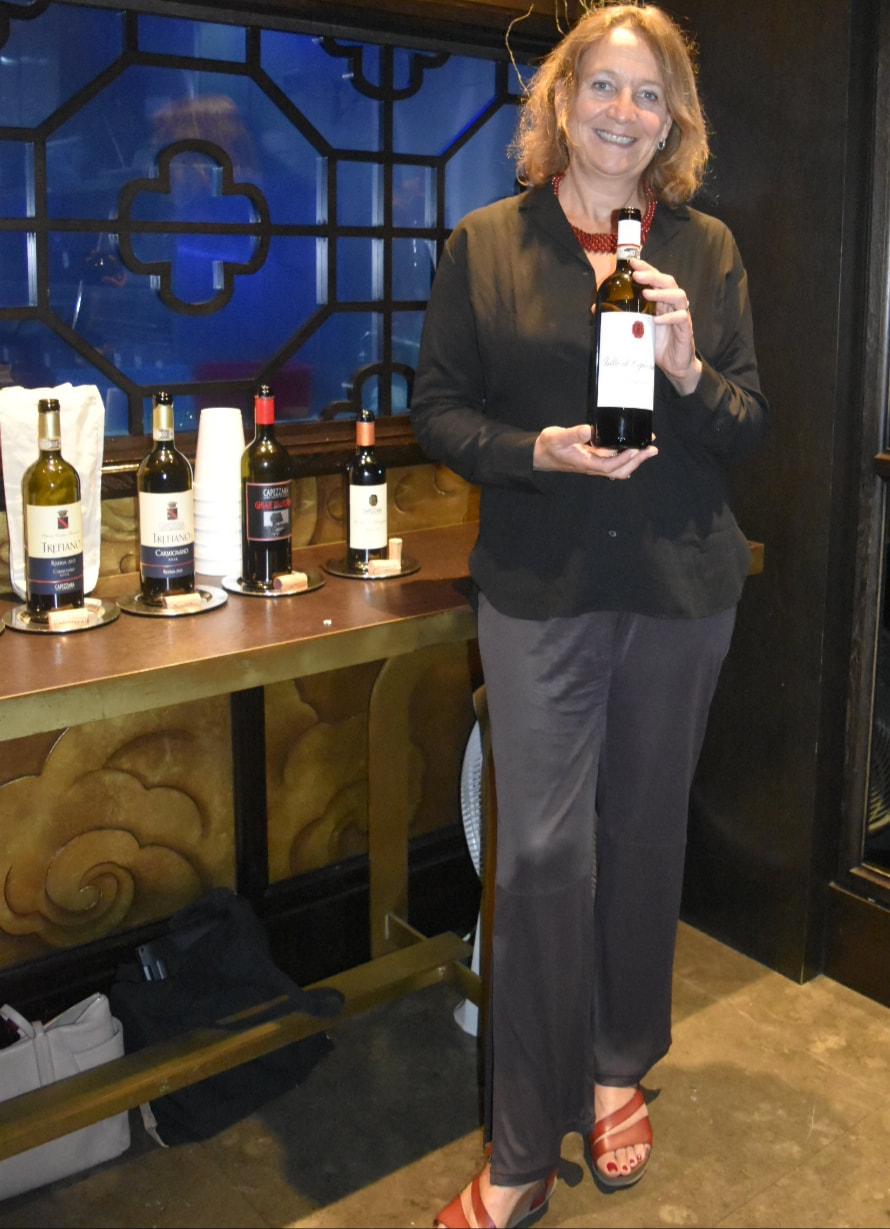
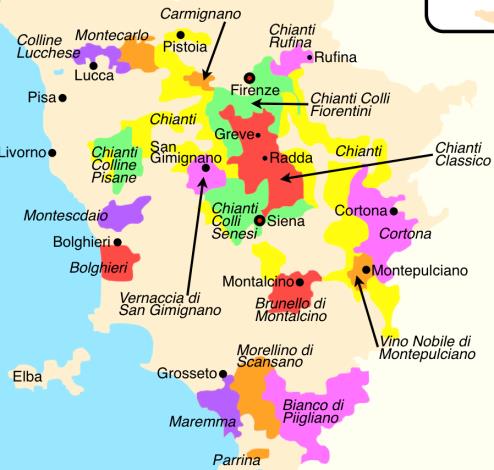
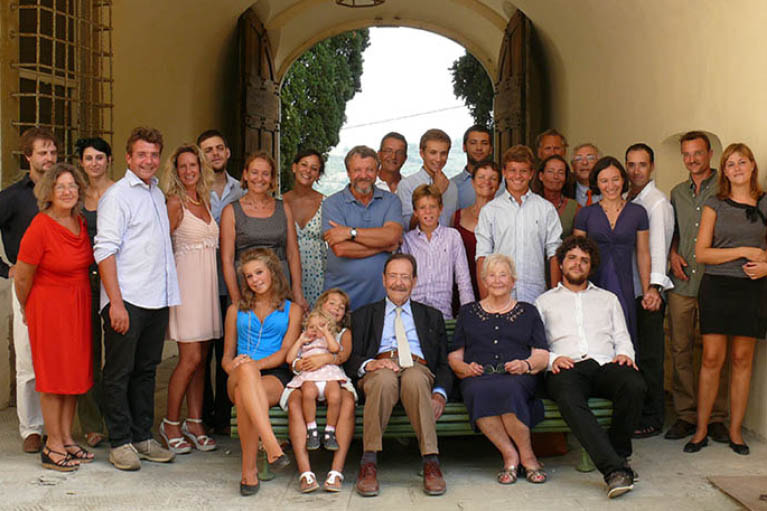
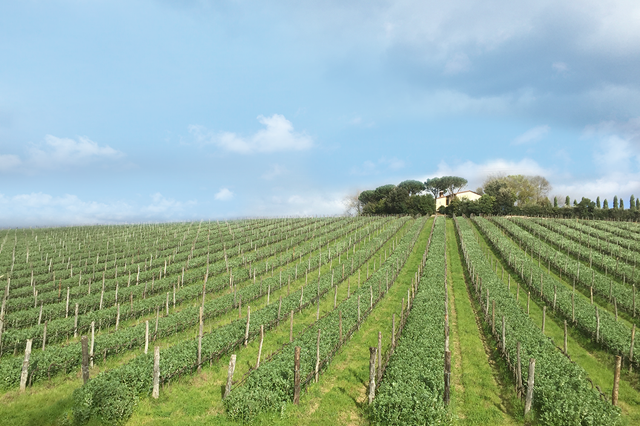
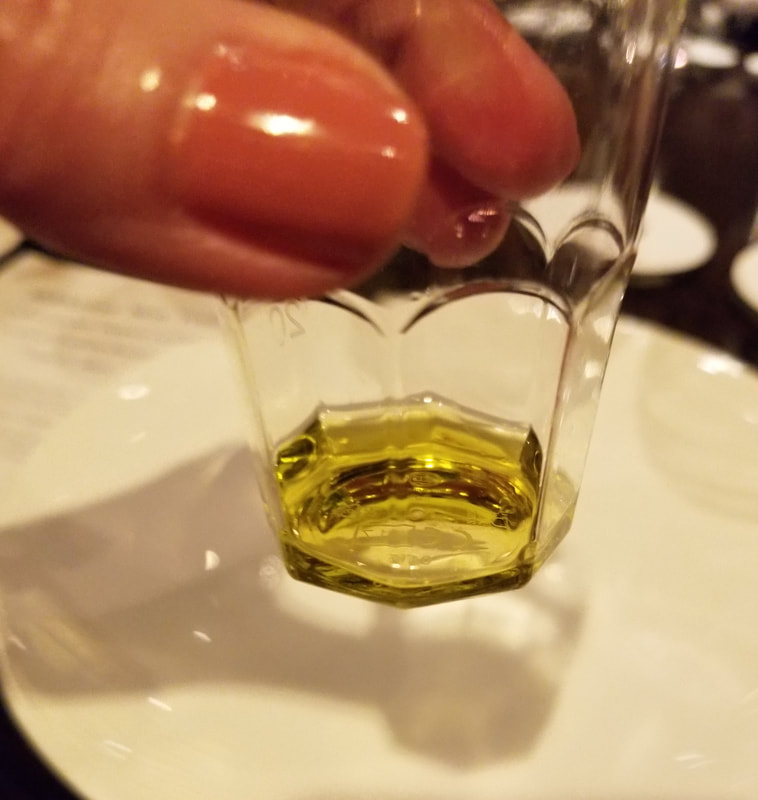

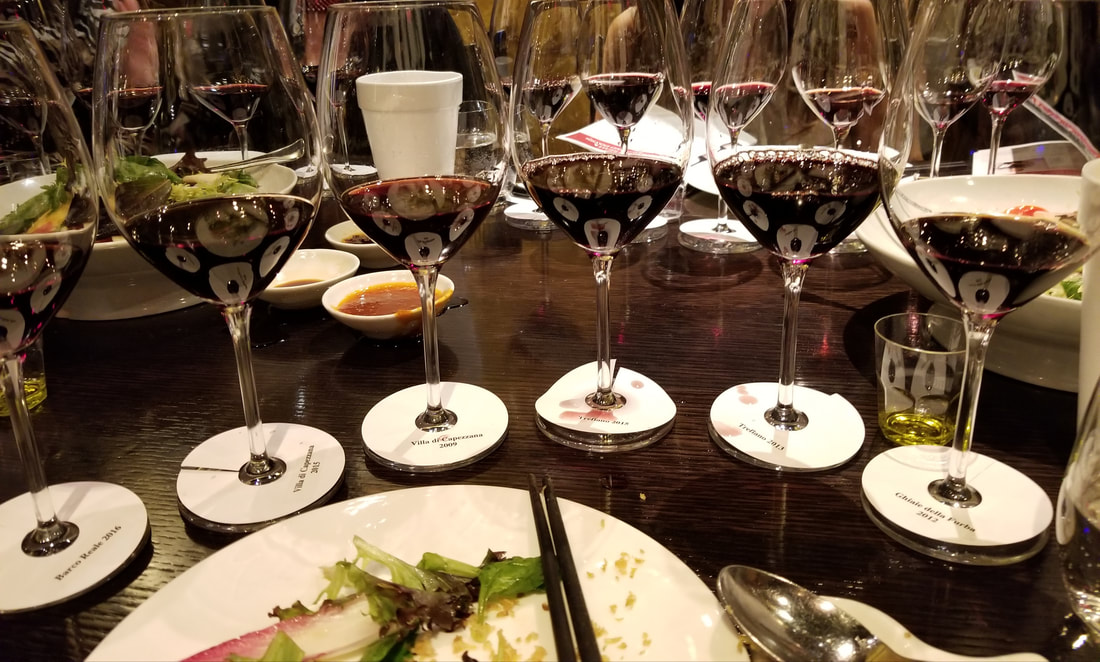
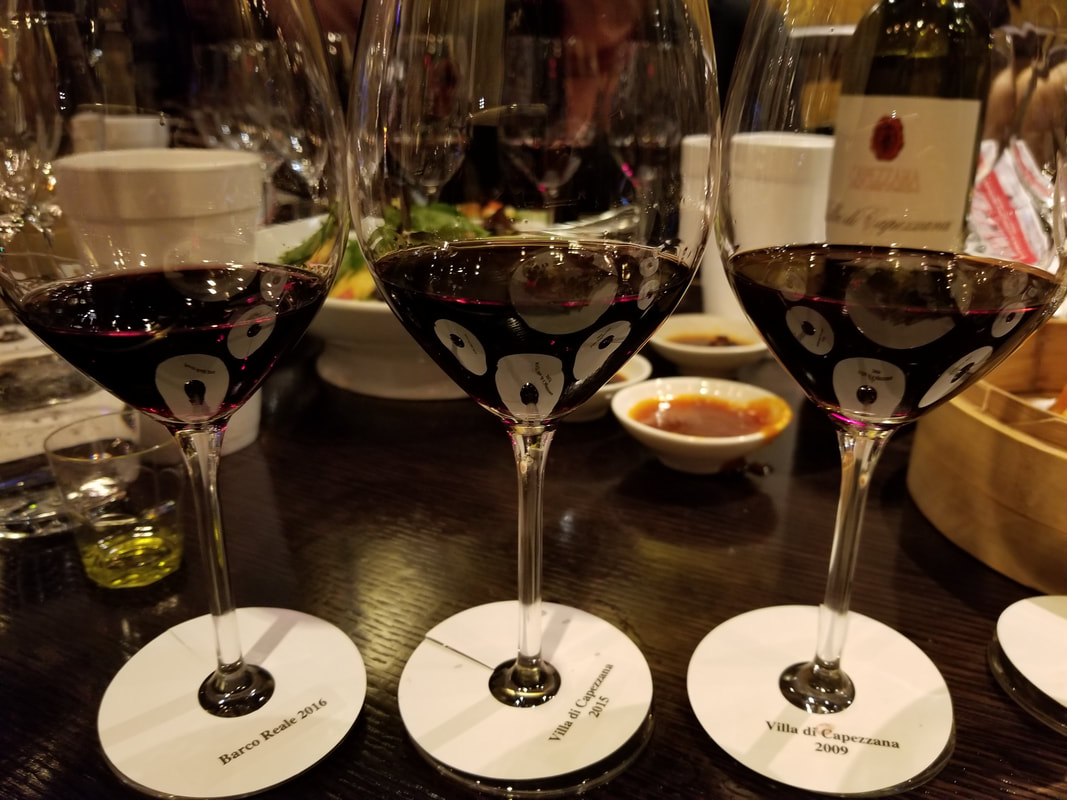
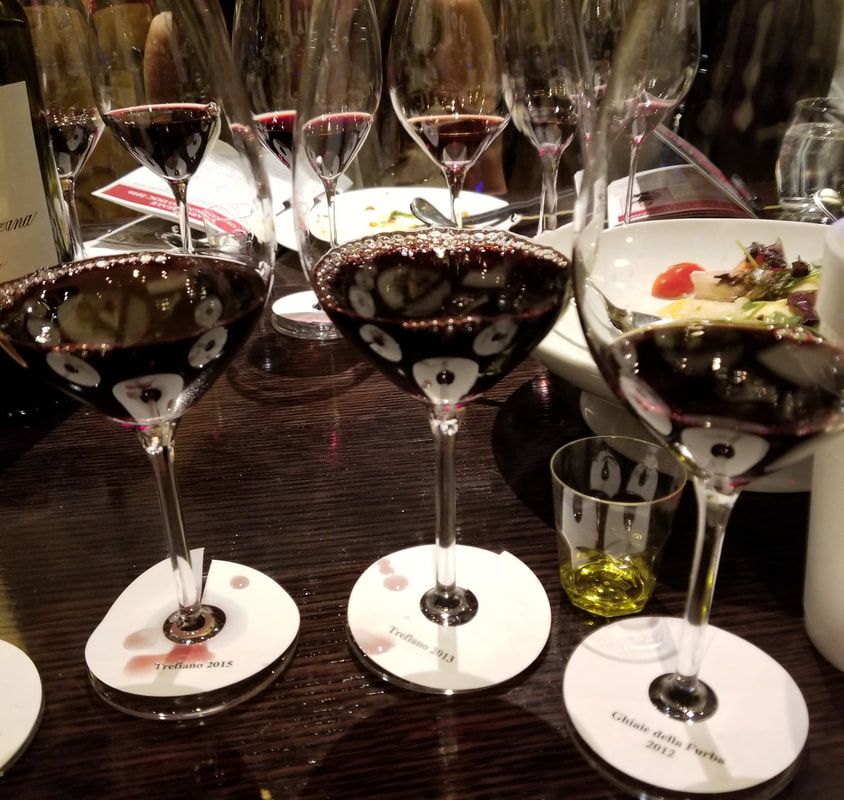
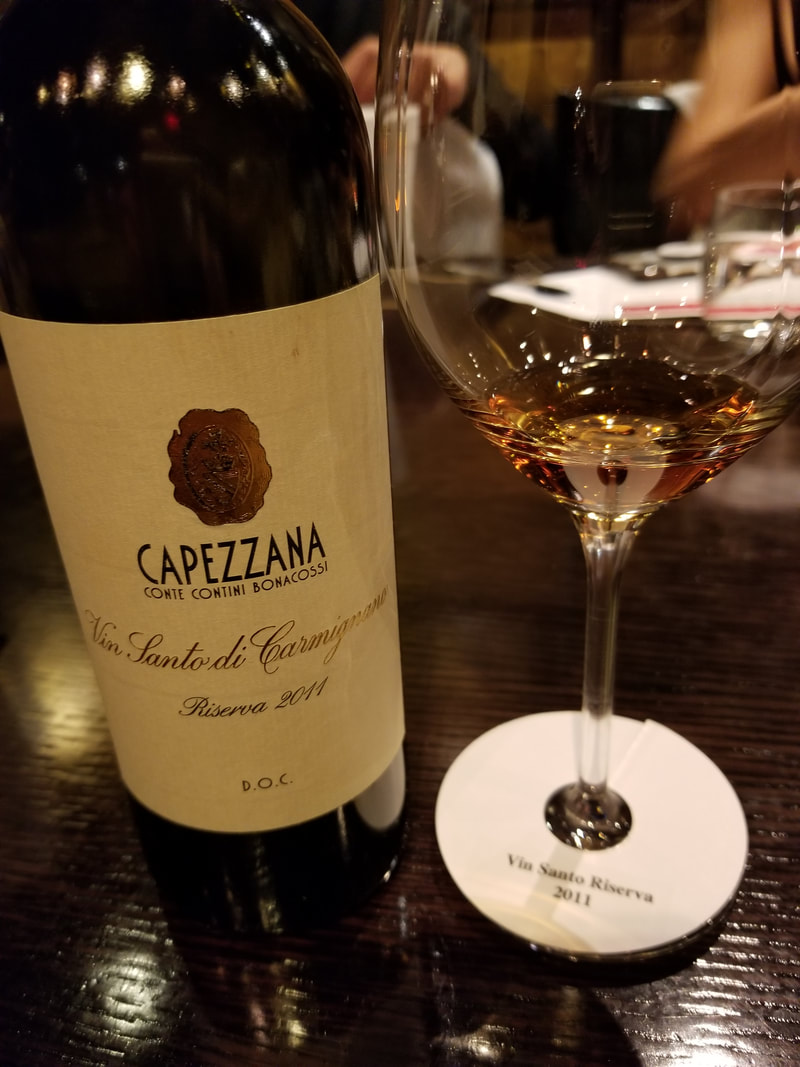
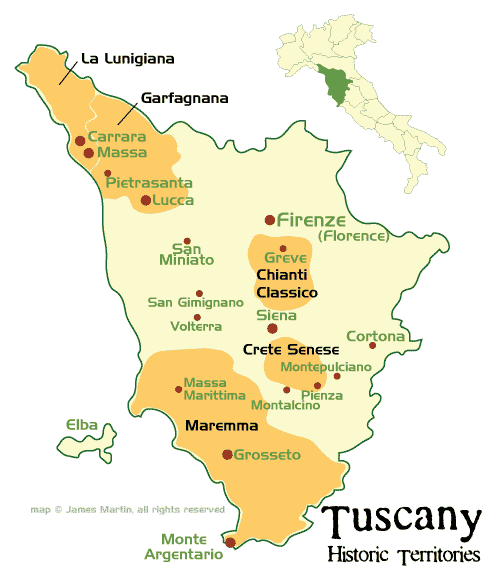
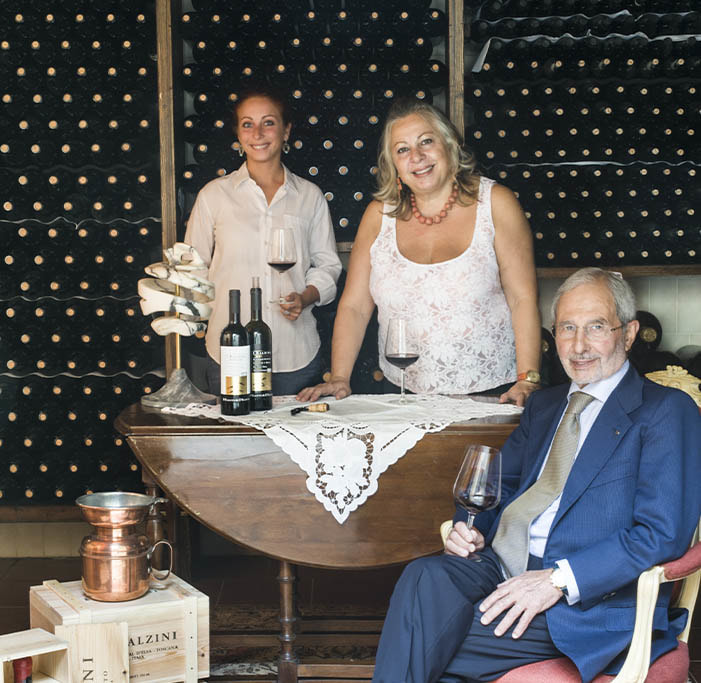
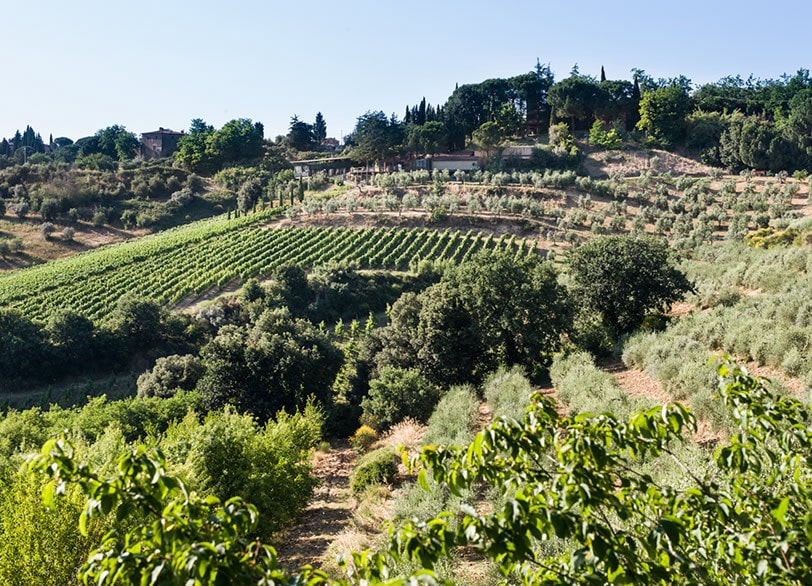
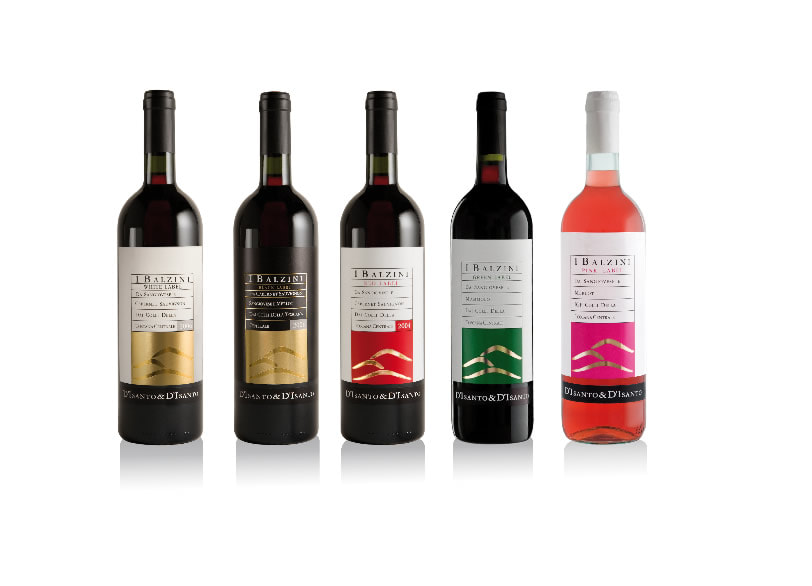
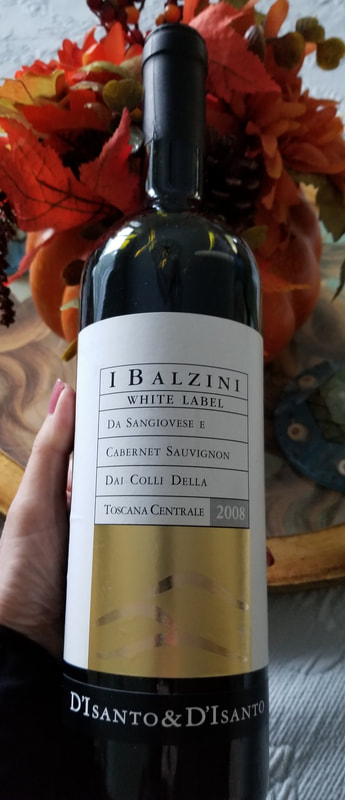
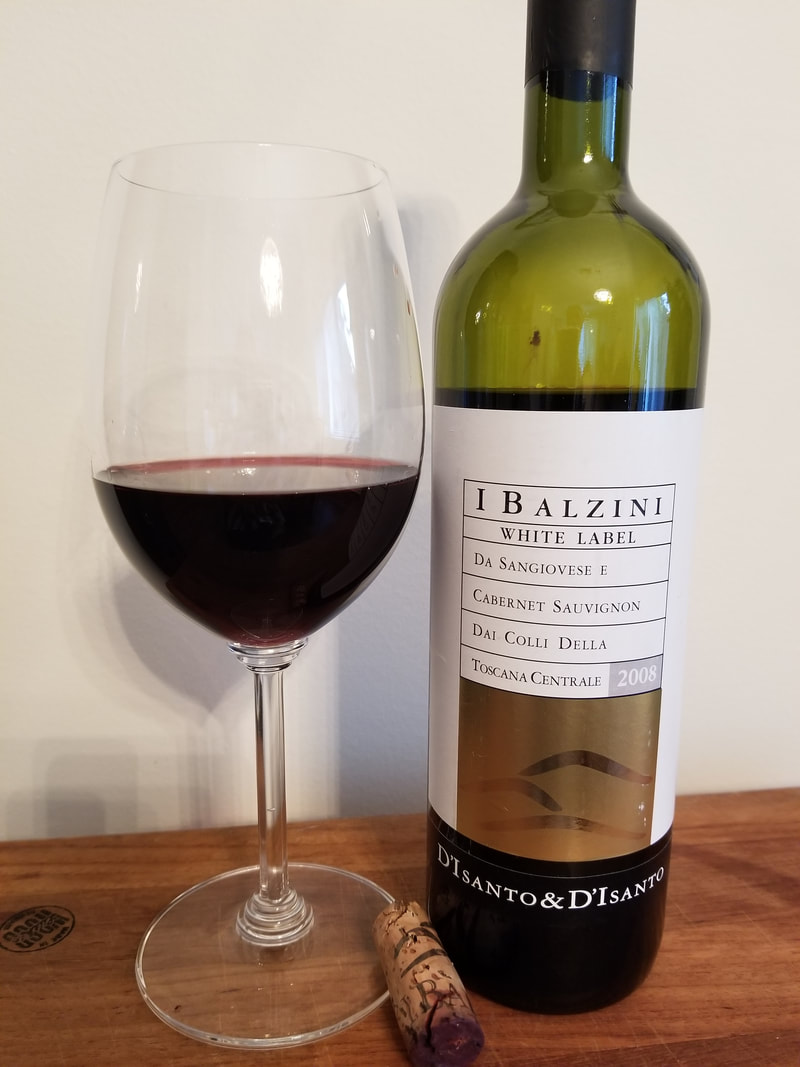
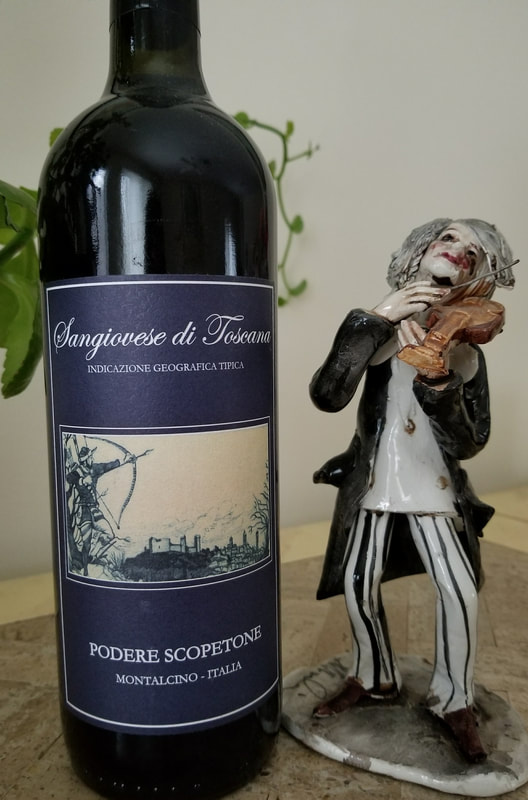
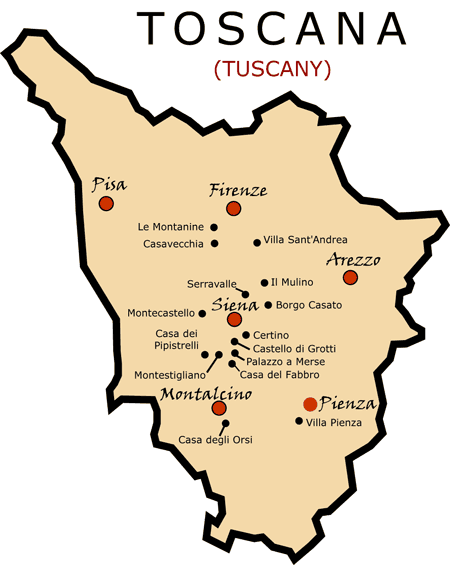
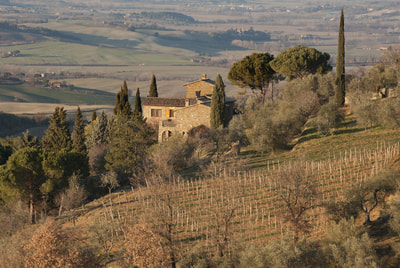
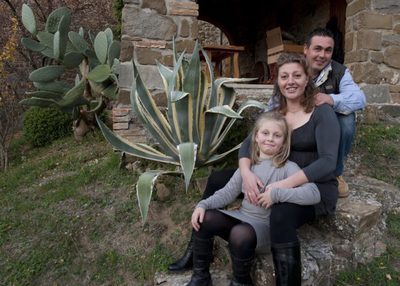
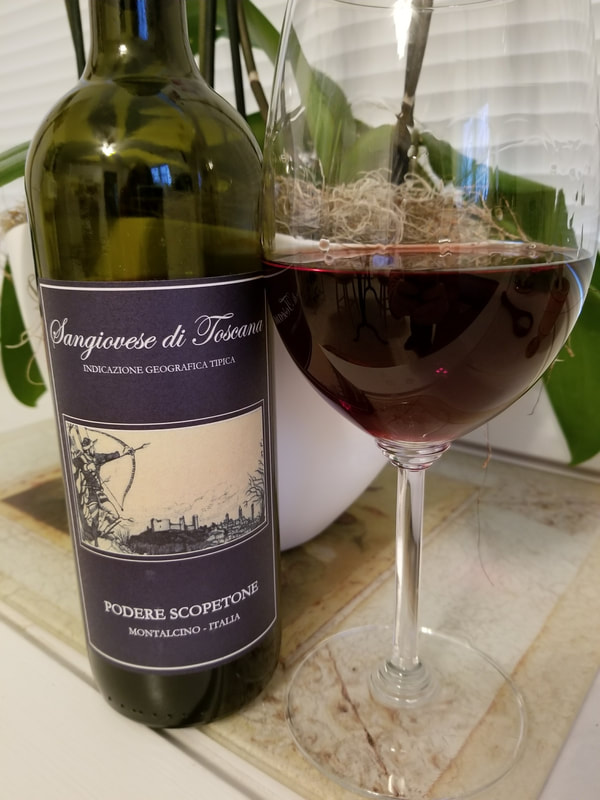
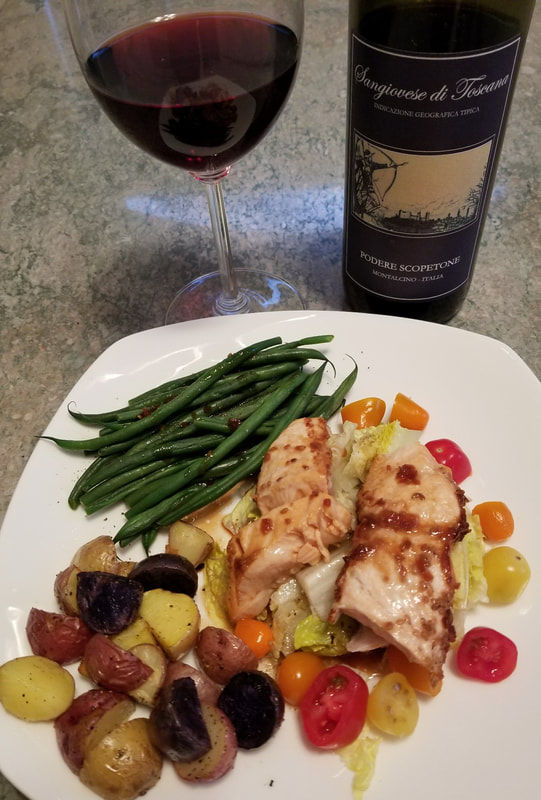
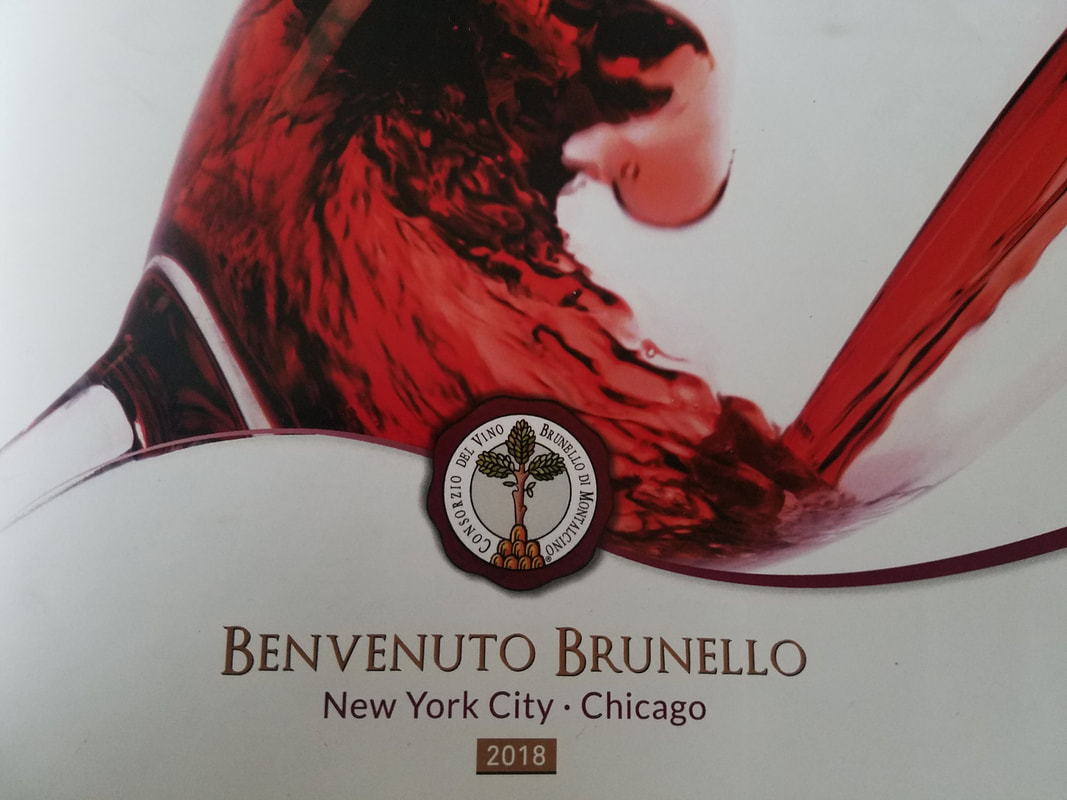
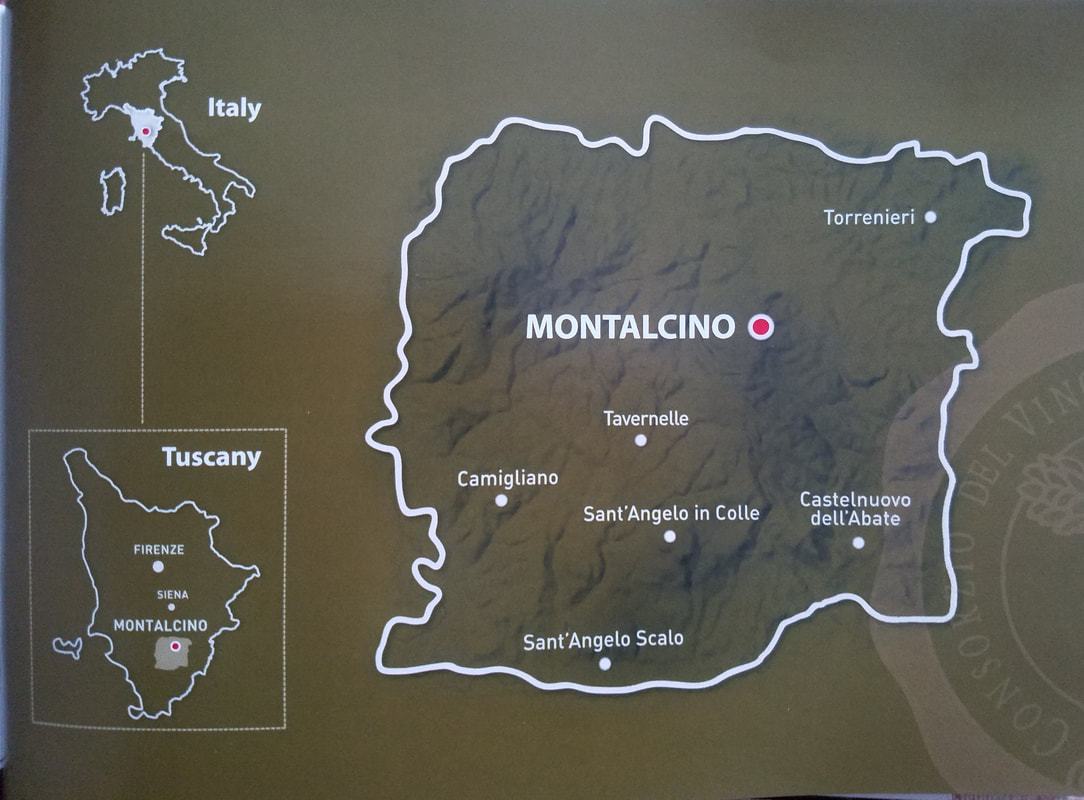
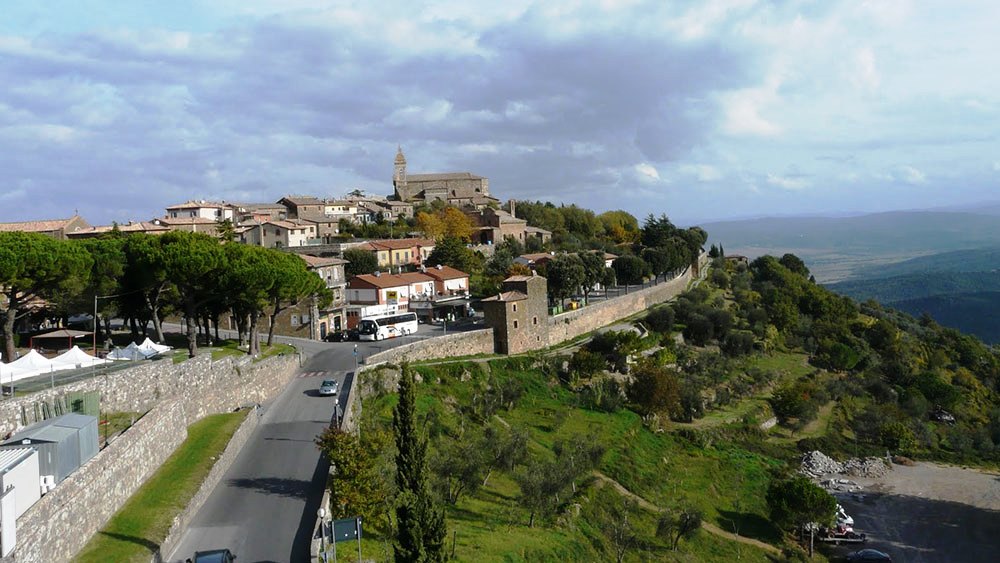
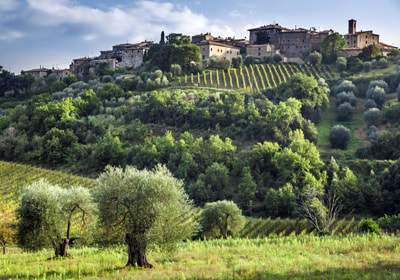
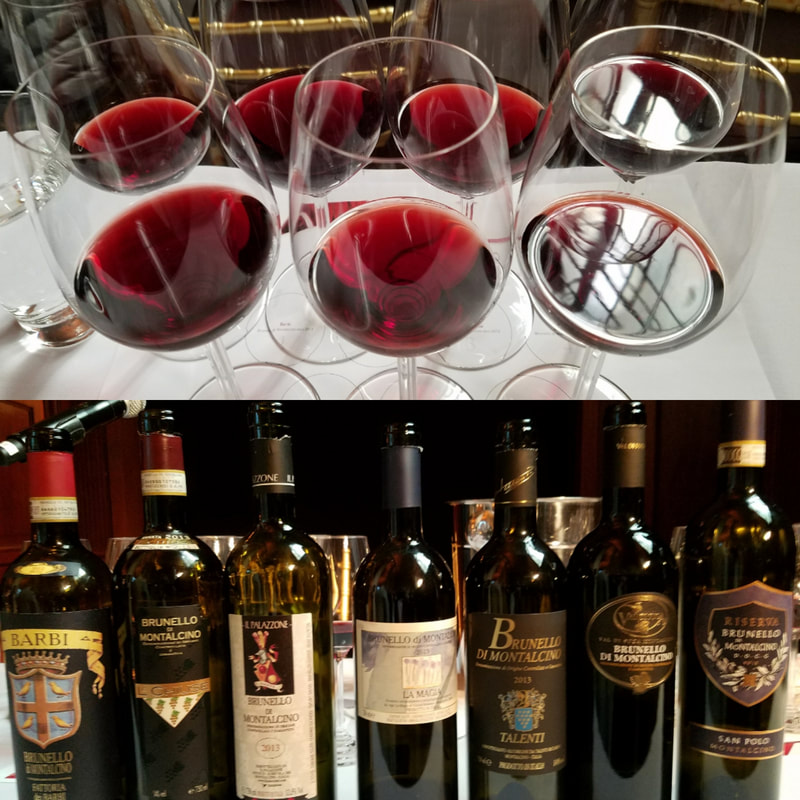
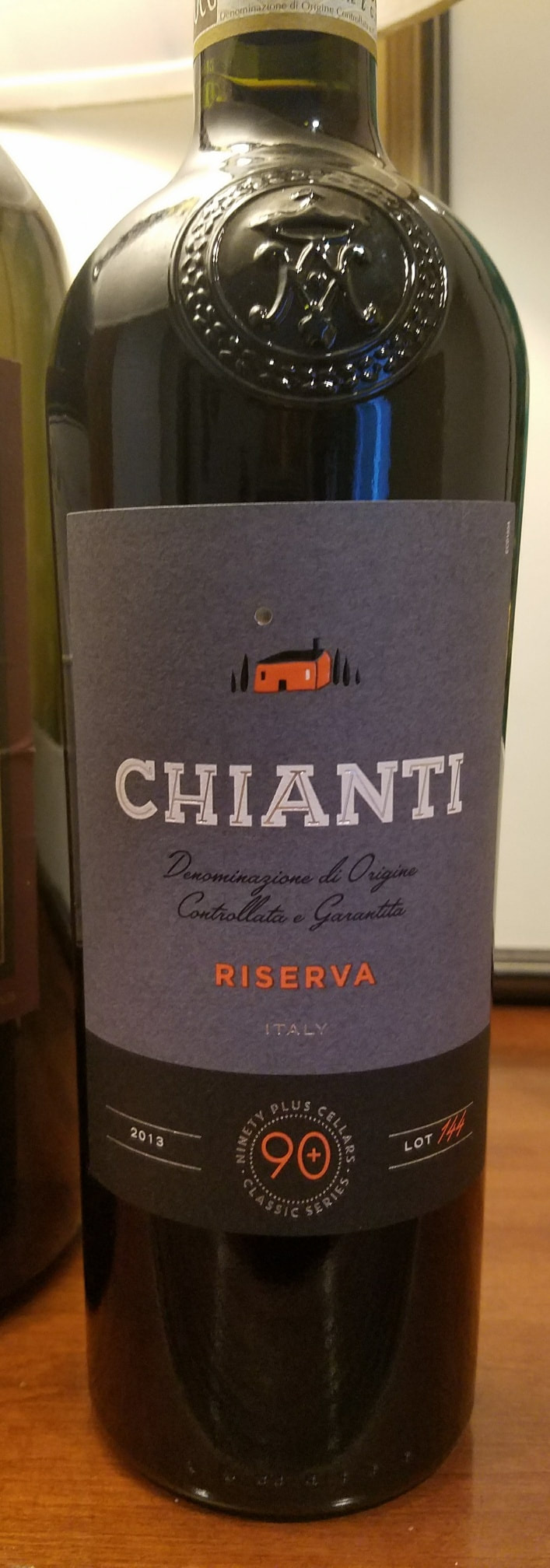
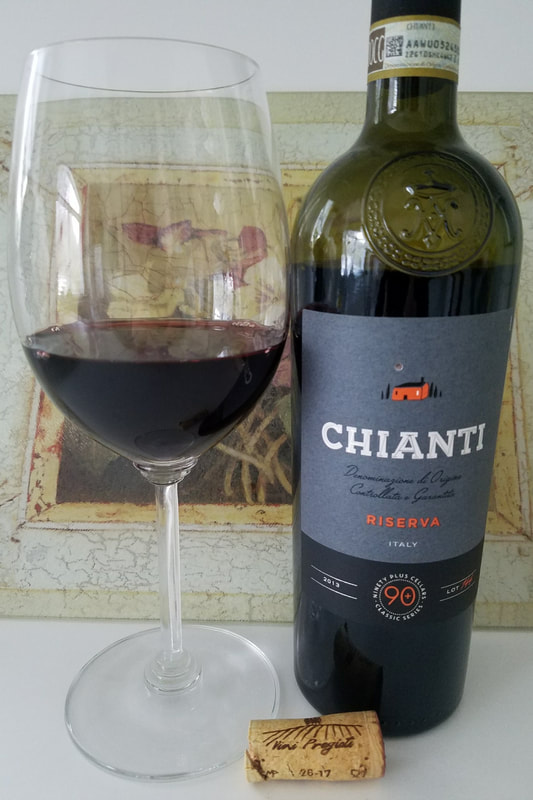
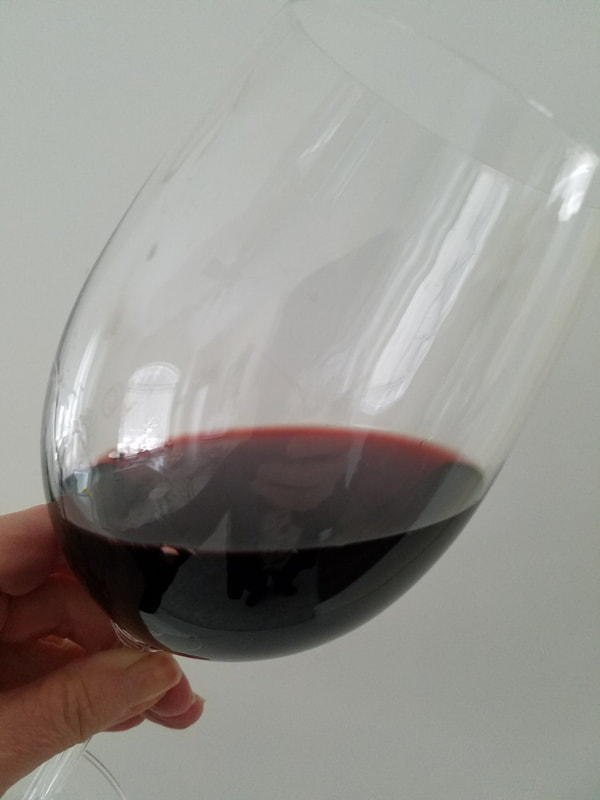
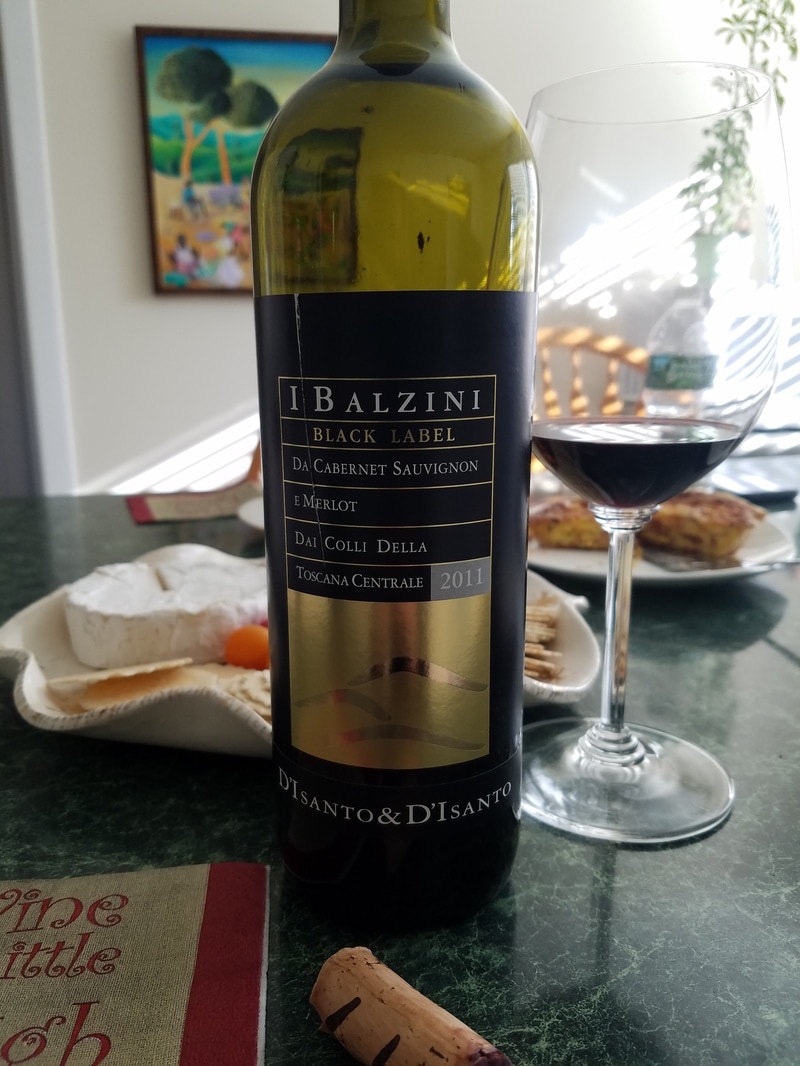
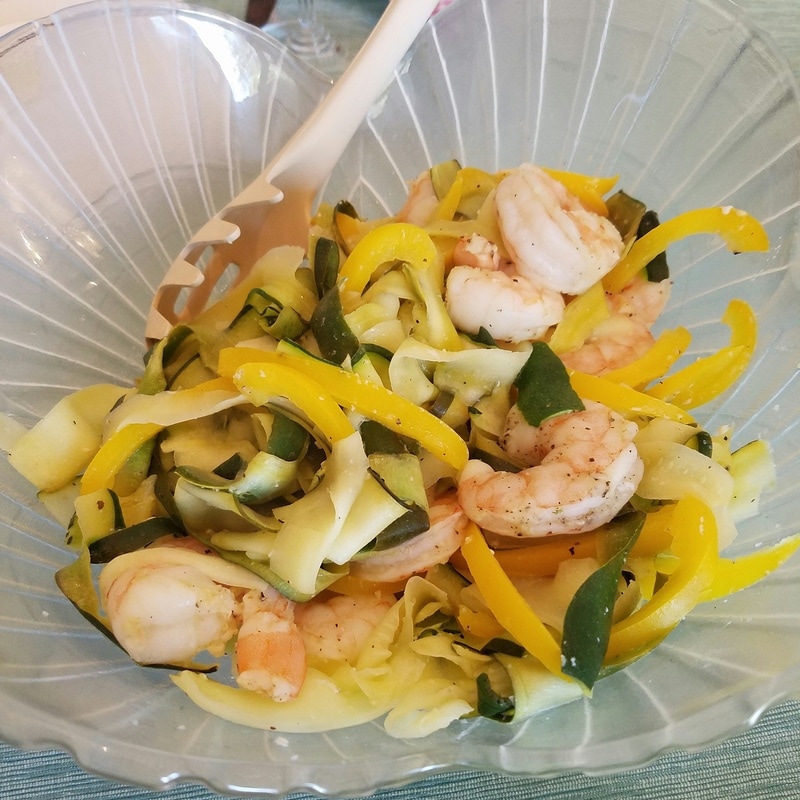
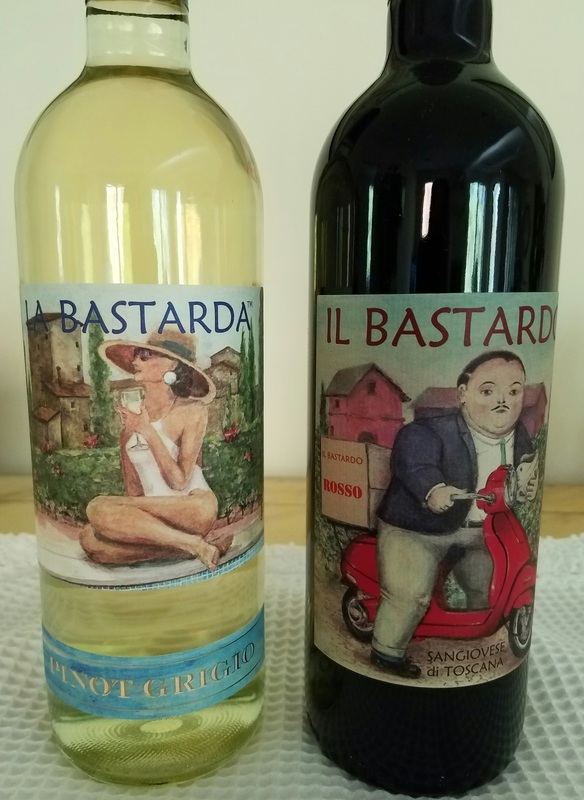
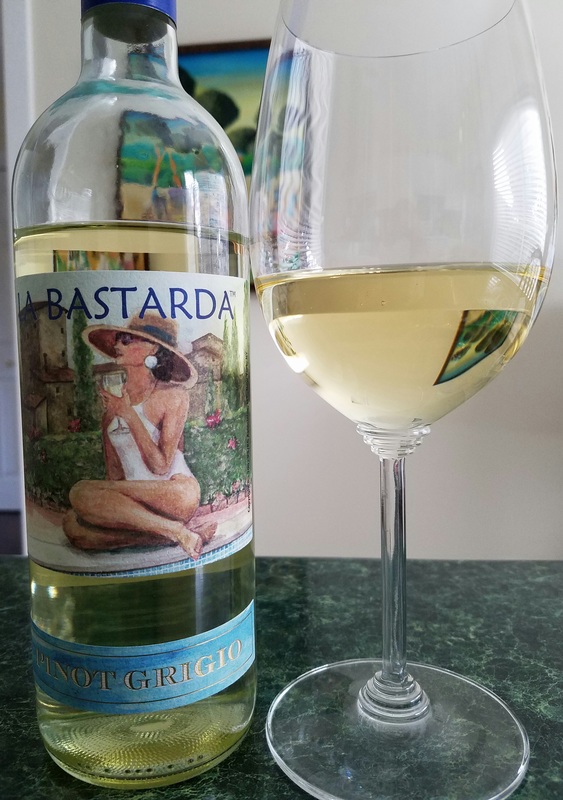
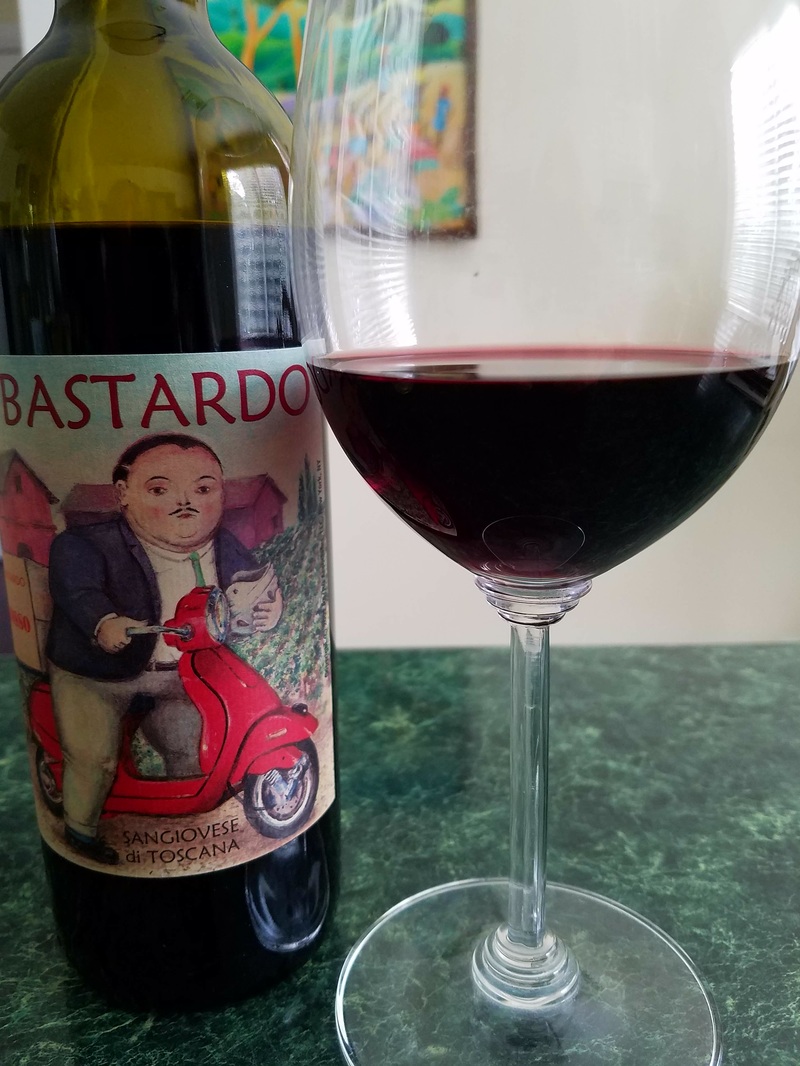
 RSS Feed
RSS Feed